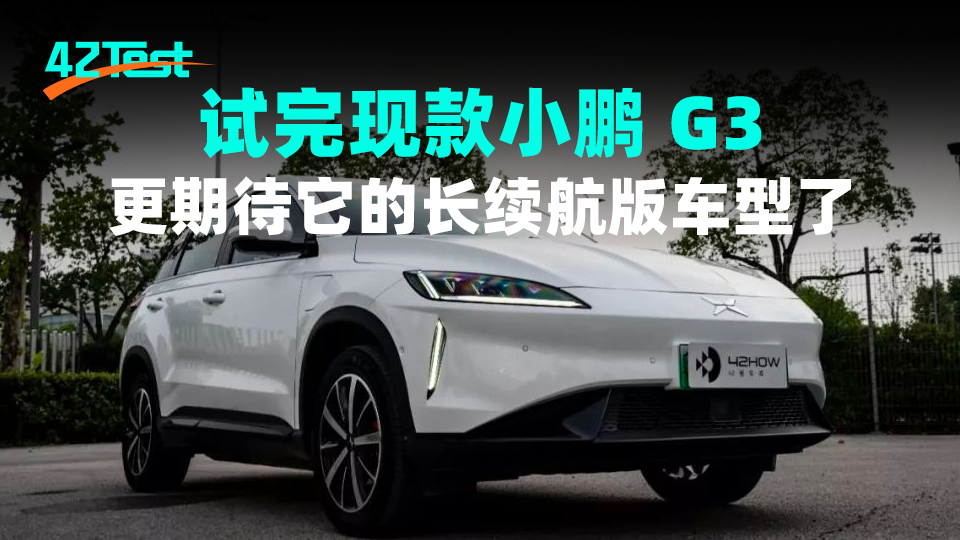After testing the 2019 version of XPeng G3, XPeng Motors released the 2020 edition with a greatly improved range of up to 520 km, as well as optimized design and tuning which addressed some of the shortcomings of the older models. This review article is focused on the older version of G3, and after the new version of the vehicle is produced, we will conduct tests as soon as possible on the long-range model. In the meantime, you can learn about the performance of the older version of G3 through this article.
XPeng Motors is the latest newcomer among the first-tier car-making companies to deliver a product to the market. XPeng Motors’ CEO He XPeng repeatedly emphasizes the importance of quality, and therefore the company iterated twice before officially launching the G3 model. So what kind of product is G3?
After trying the new version of G3, I have to say that I am looking forward to the new XPeng G3.
The driving experience of G3 is relatively good among the first-tier car-making companies, but the space and range are its weaknesses. After addressing the range with the long-range version of the car, XPeng G3 will be a good choice for users in limited license areas who do not have high space requirements.
Under the 42Test standard, the 2019 G3 scores 65 in vehicle quality and 72 in total score, with the details as follows:

The G3 we borrowed was a mid-range model, priced at 177,800 yuan after subsidies, with an NEDC range of 351 km, and a total mileage of about 1,500 km.
Good energy control, charging speed needs to be improved
Let’s start with the core of an electric vehicle – its range.
Although XPeng Motors was the last among the first-tier car-making companies to deliver a product, its NEDC range is the shortest among these companies, at only 351 km. If you choose the premium version of the car or pay an extra 2,000 yuan, you can increase the battery capacity from 47.1 kWh to 47.6 kWh and the NEDC range from 351 km to 365 km.
Both versions of the car use 18650 cylindrical batteries, with the 47.1 kWh version provided by BYD and the 47.6 kWh version provided by CATL. Although the cells are supplied by CATL, they are actually Panasonic NCA cells, the same as those used by Tesla. After the new version of the car was released, the old version was also taken off the market. We will not go into detail about the battery, but let’s focus on the test results of the G3.
Under the 42Test standard, the XPeng G3 (47.1 kWh) has a high-speed range of 252 km, a city range of 328 km, high speed energy consumption of 174 Wh/km, and city energy consumption of 133 Wh/km.Long Range Driving on Expressway:
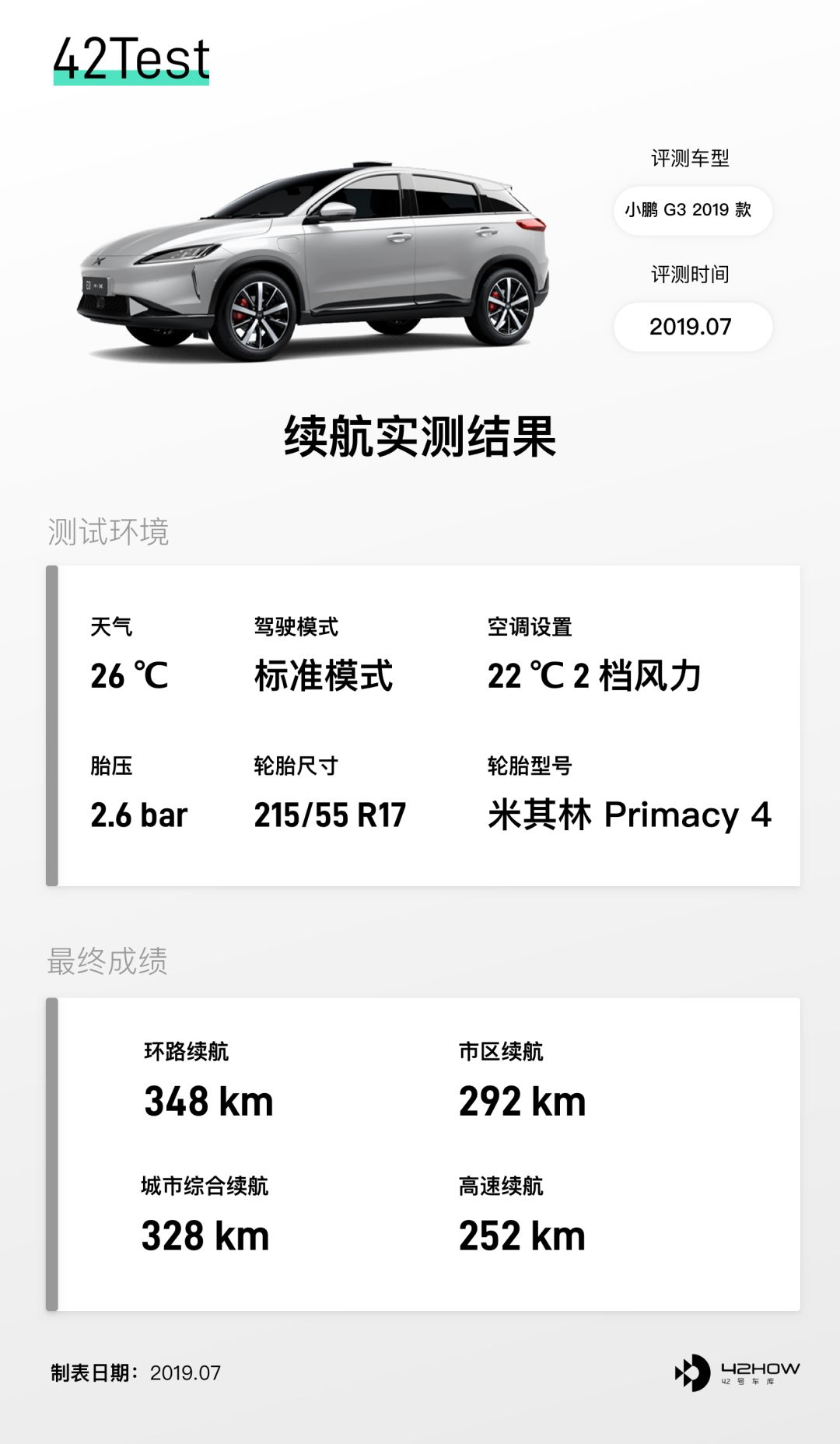
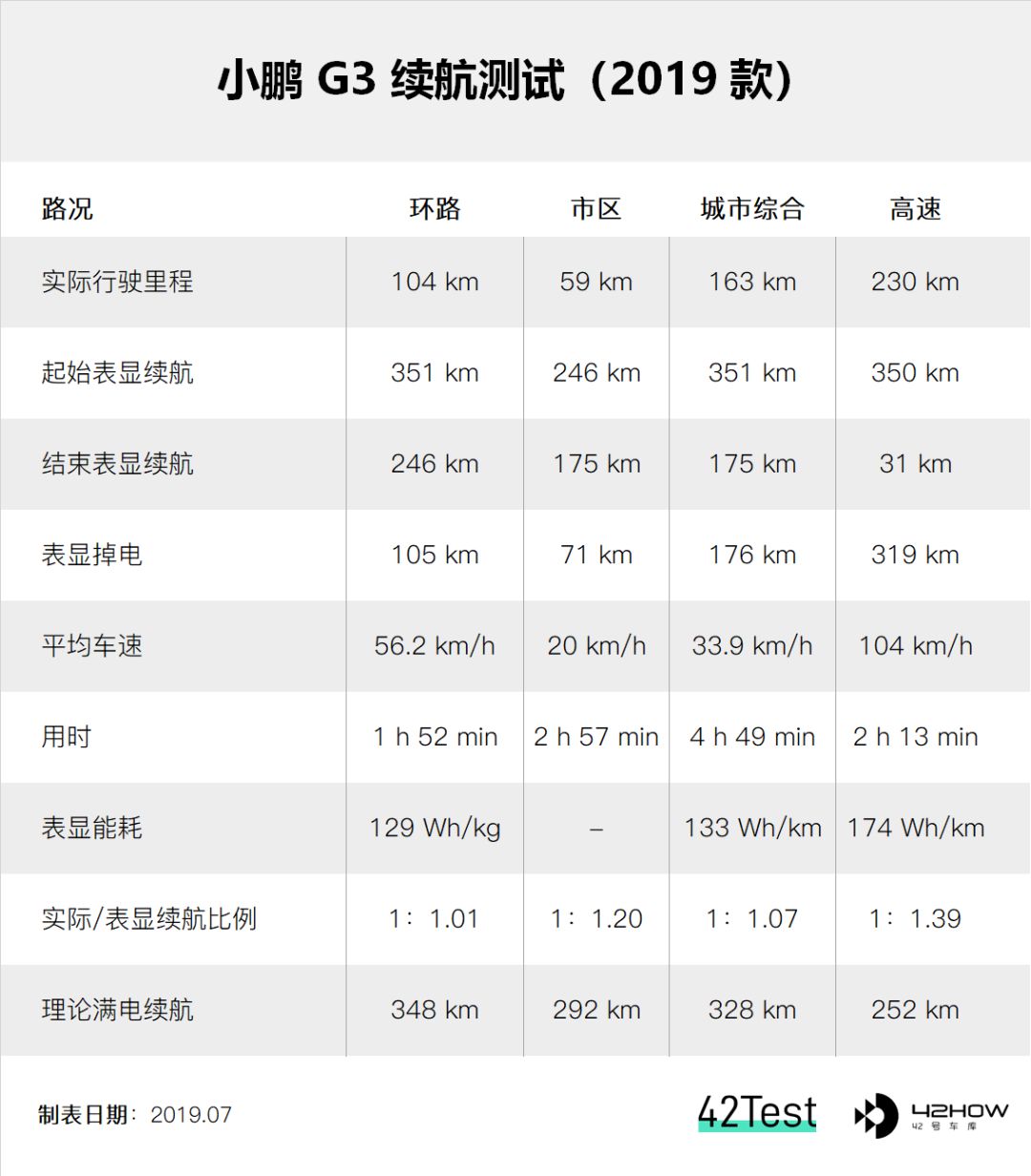
For the test of long range driving on expressway, we fully charged the vehicle battery to 100% (displayed range: 350 km) at Fengjing Service Area, then started driving and arrived at Jinhua Service Area with 31 km of remaining range (displayed range), covering a total distance of 230 km.
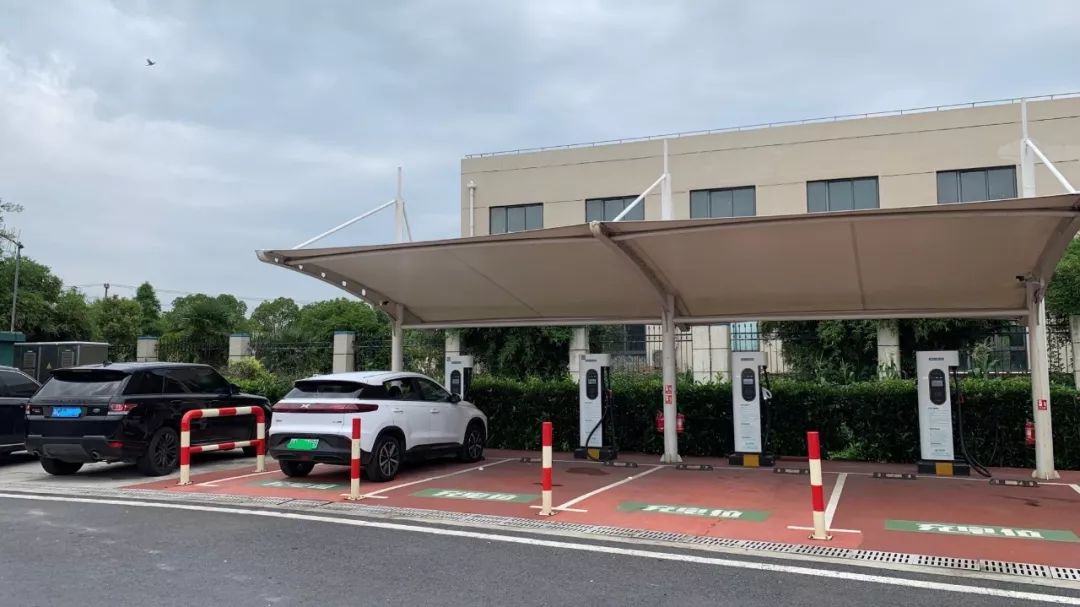
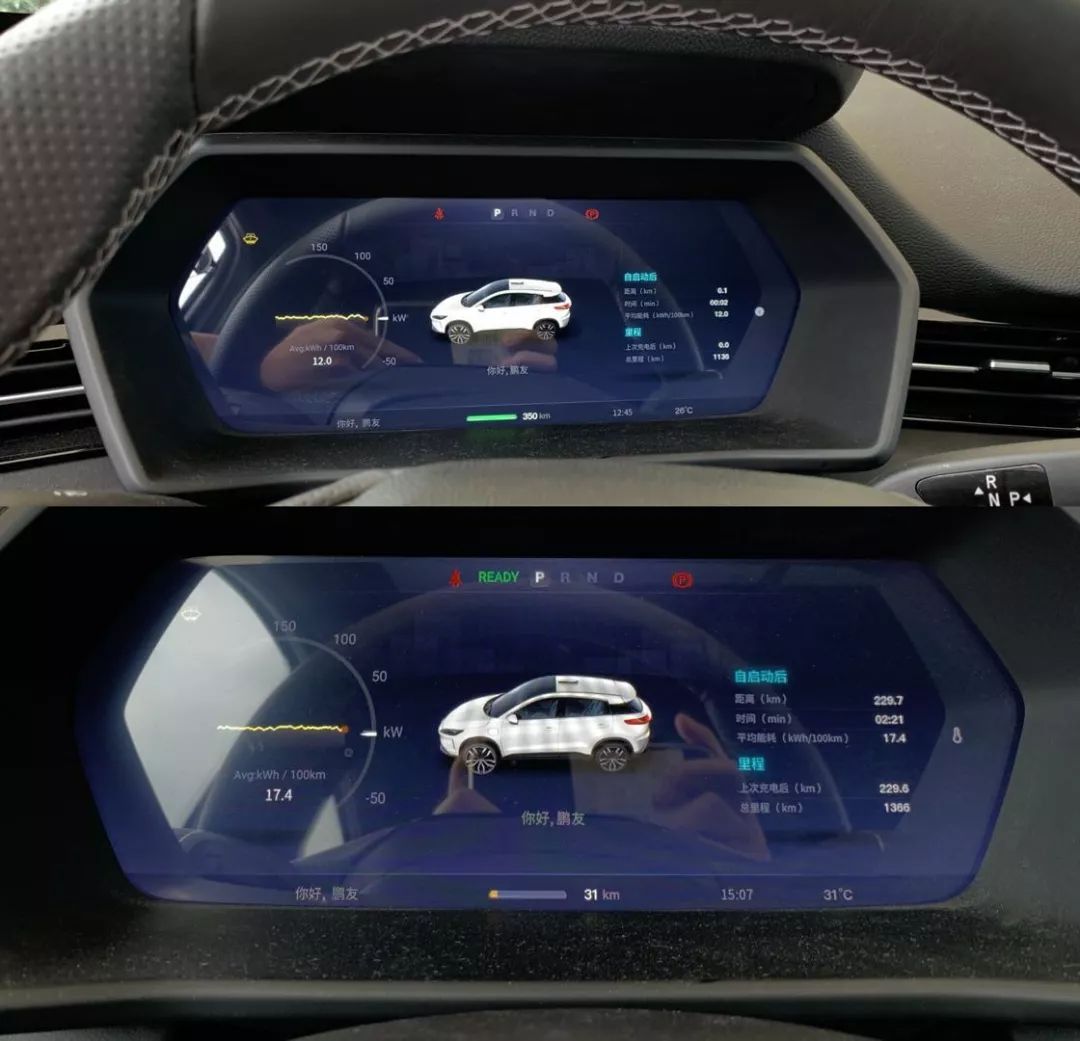
The total travel time was 2 hours and 13 minutes with an average speed of 104 km/h. The displayed power consumption was 319 km, and the power consumption ratio was 1:1.39. Theoretical full charge range is 252 km. The test was conducted with ACC adaptive cruise control system on, which combined with the regenerative braking system. Most of the deceleration during high-speed driving was completed by the electric braking system, and the regenerative energy was converted into electrical energy and stored in the battery pack.
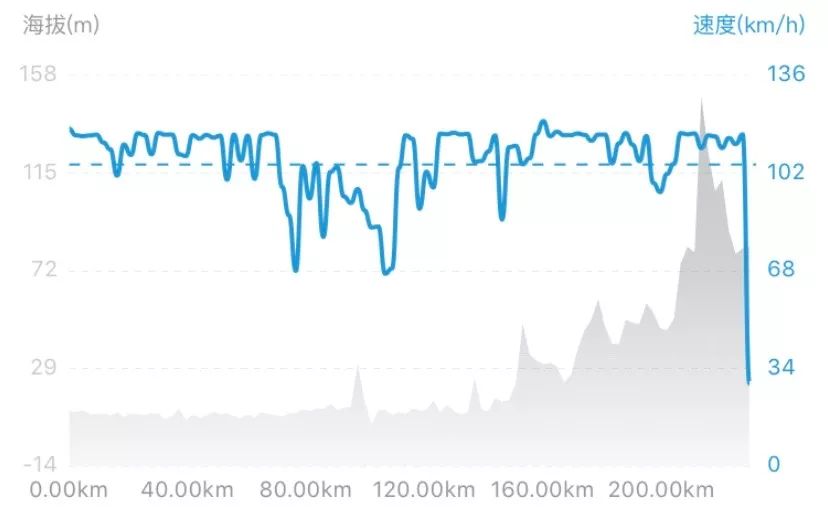
City Driving Range:
For the city driving range test, we fully charged the vehicle battery at the charging station located in the National Exhibition and Convention Center. We started driving at 8:00 AM and covered 105 km on the outer ring road before entering the ground road. During the test, we selected the most congested road section in Shanghai.
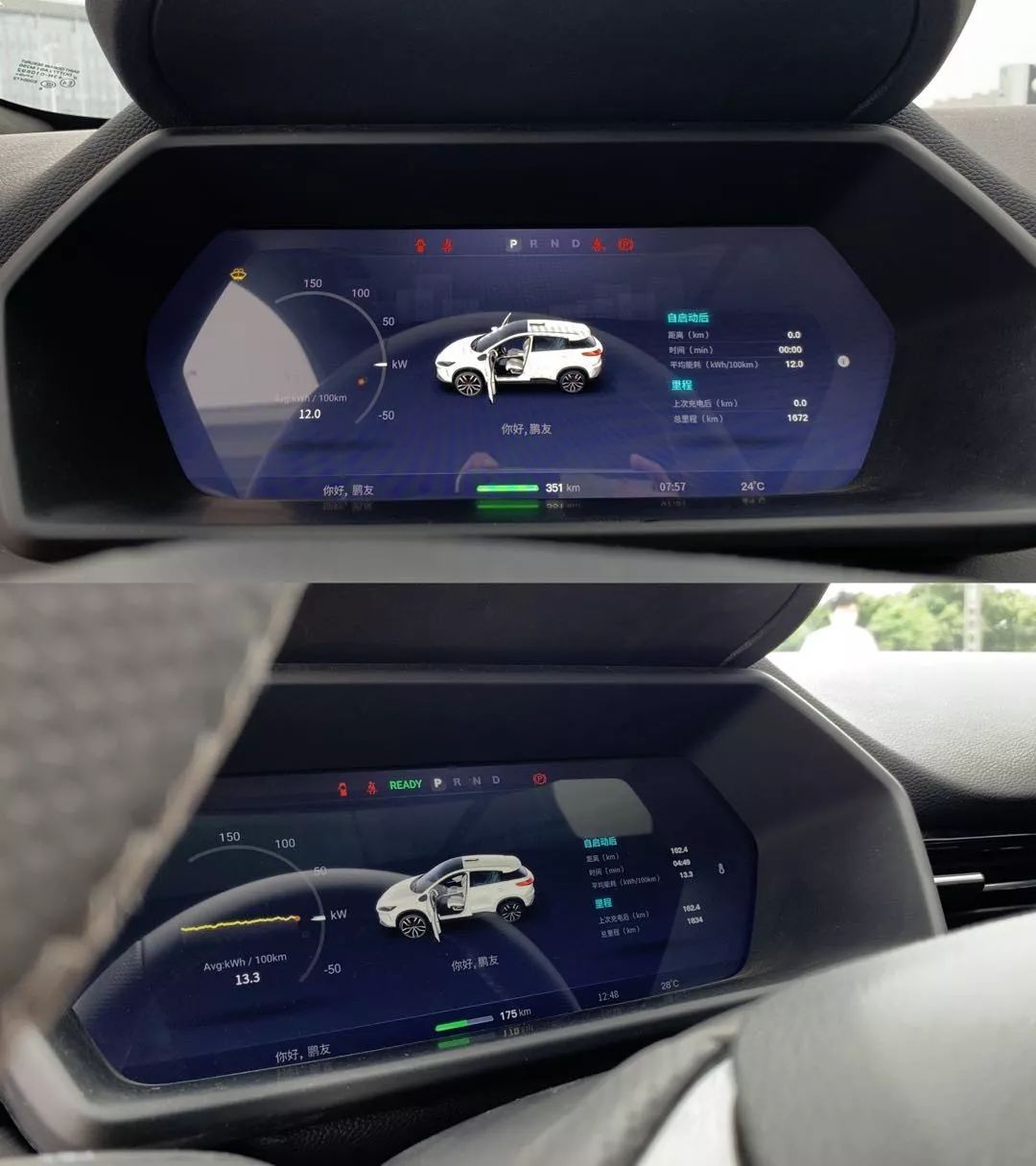
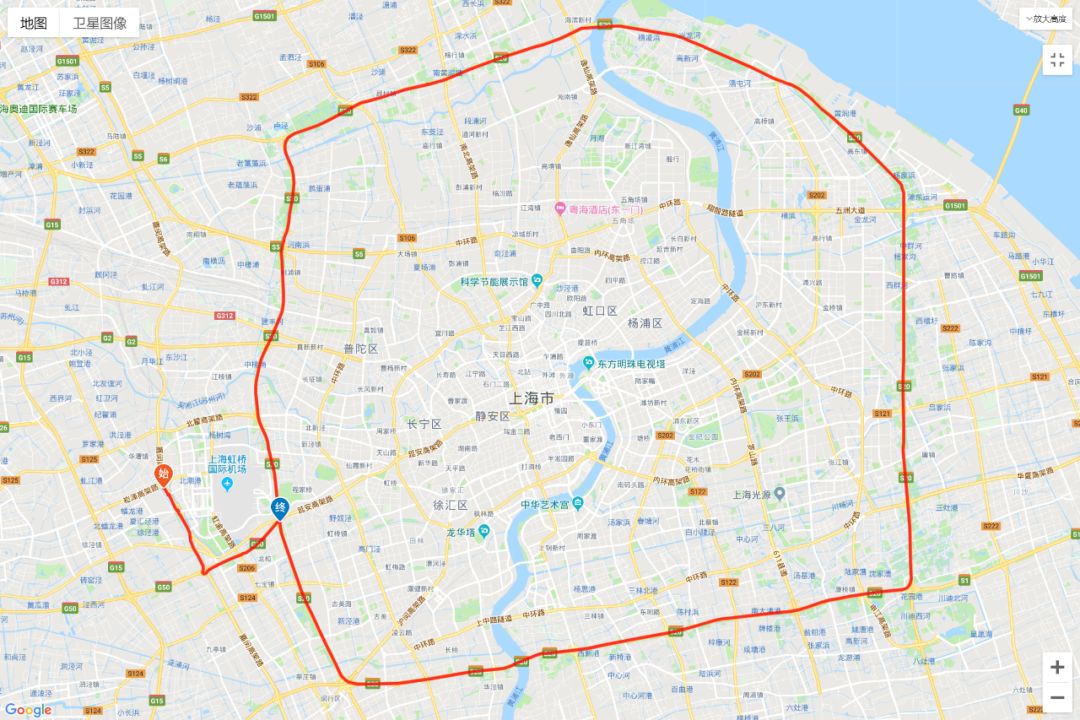 ### Market Road
### Market Road
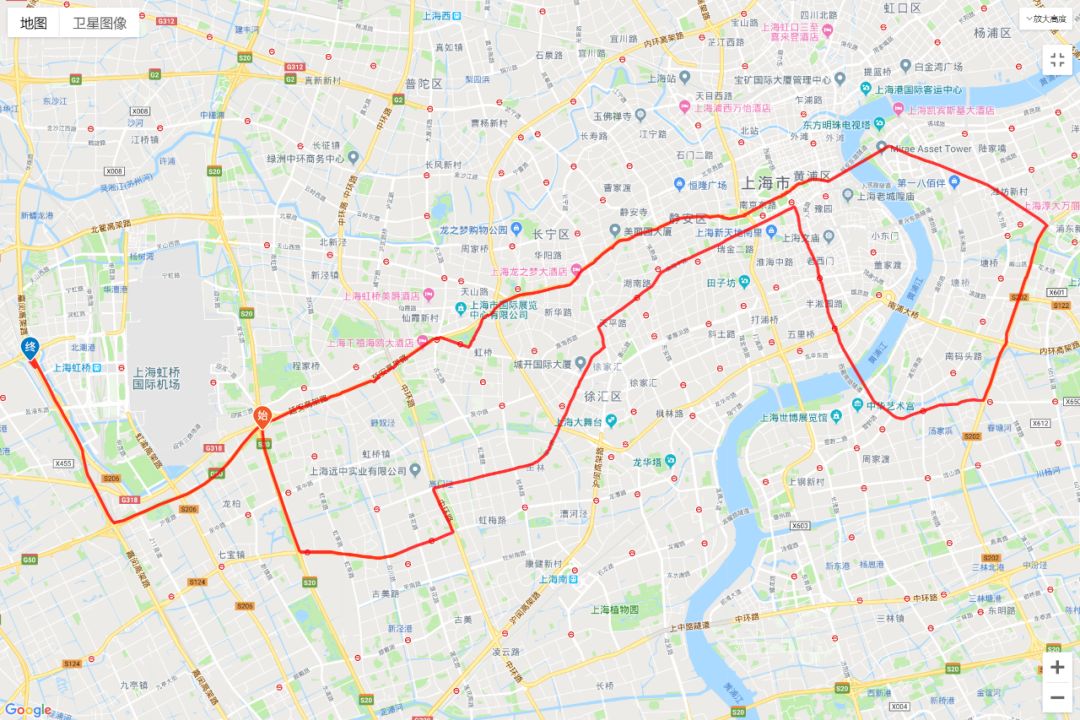
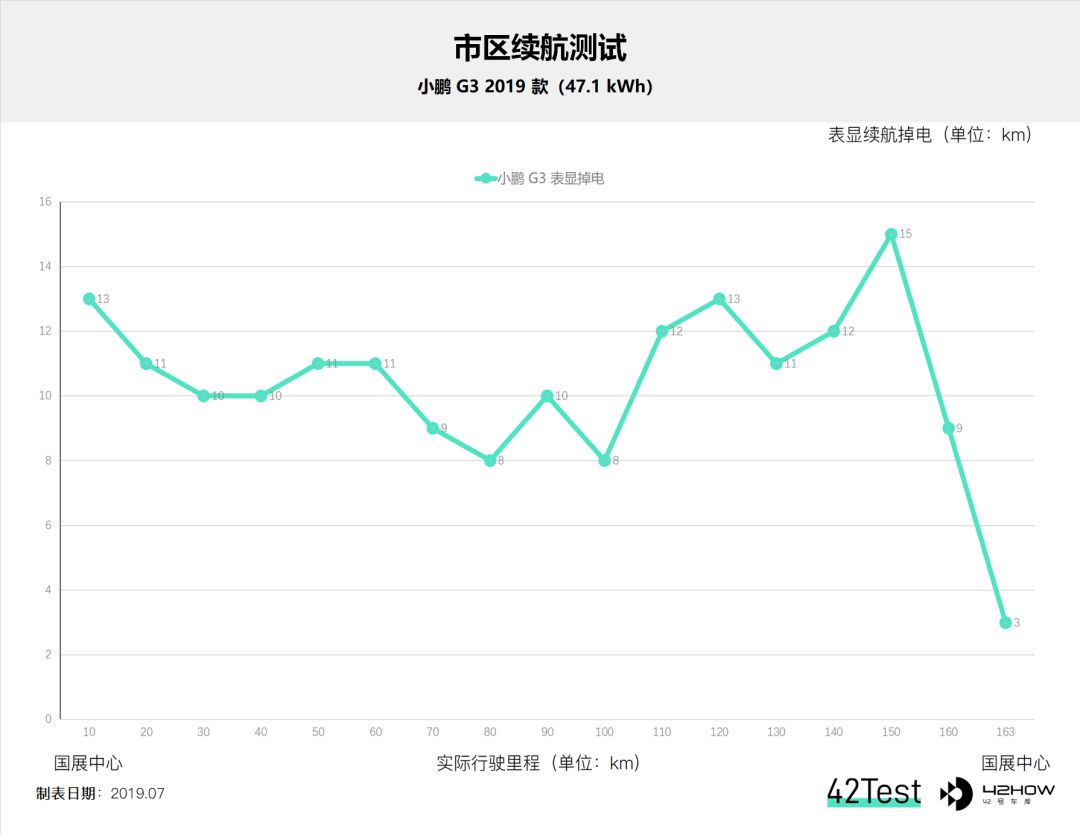
We traveled a total of 163 km, with a total time of 4 hours and 47 minutes, and an average speed of 33.9 km/h. The displayed power consumption was 176 km, and the power consumption ratio was 1:1.07. The theoretical maximum range on a full charge is 328 km.
Although the NEDC range data of XPeng G3 is general, the overall energy consumption control is very good. The power consumption ratio during driving is also very stable, which makes people feel very secure. This is also one of the reasons why I am looking forward to a long-range XPeng G3.
Charging Test:
XPeng Auto is one of the few brands with self-operated super charging stations, and XPeng has integrated all super charging locations into the car navigation system, which is very convenient to find.
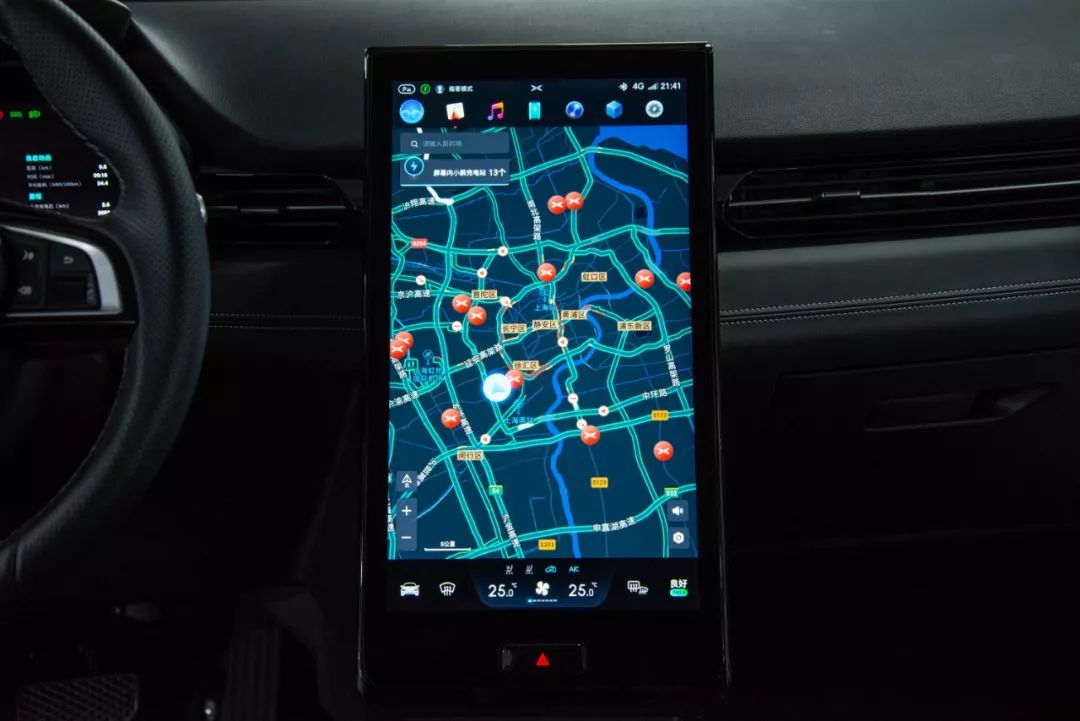
The price is also very affordable. The price of most super charging stations is about 1 yuan/kWh, and the price of charging a car is about 50 yuan, which is still very affordable.
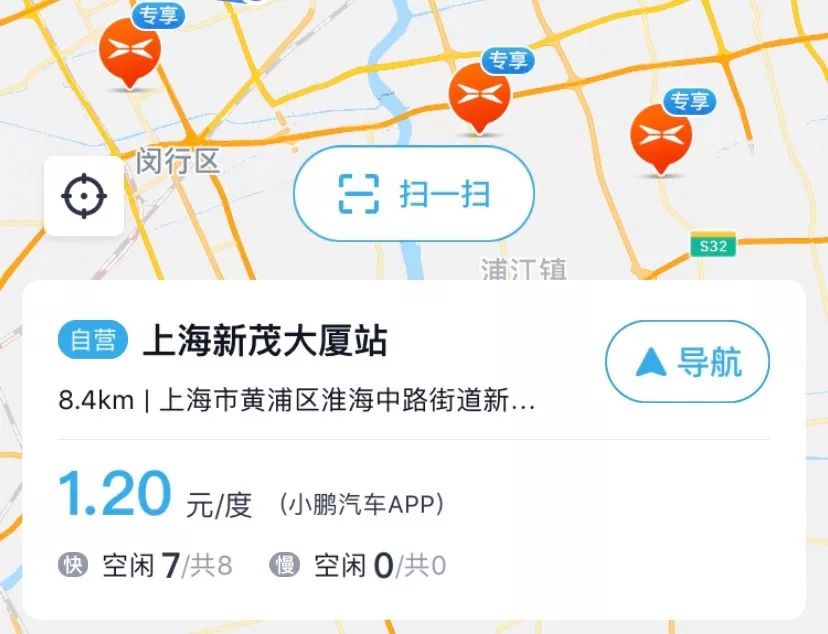
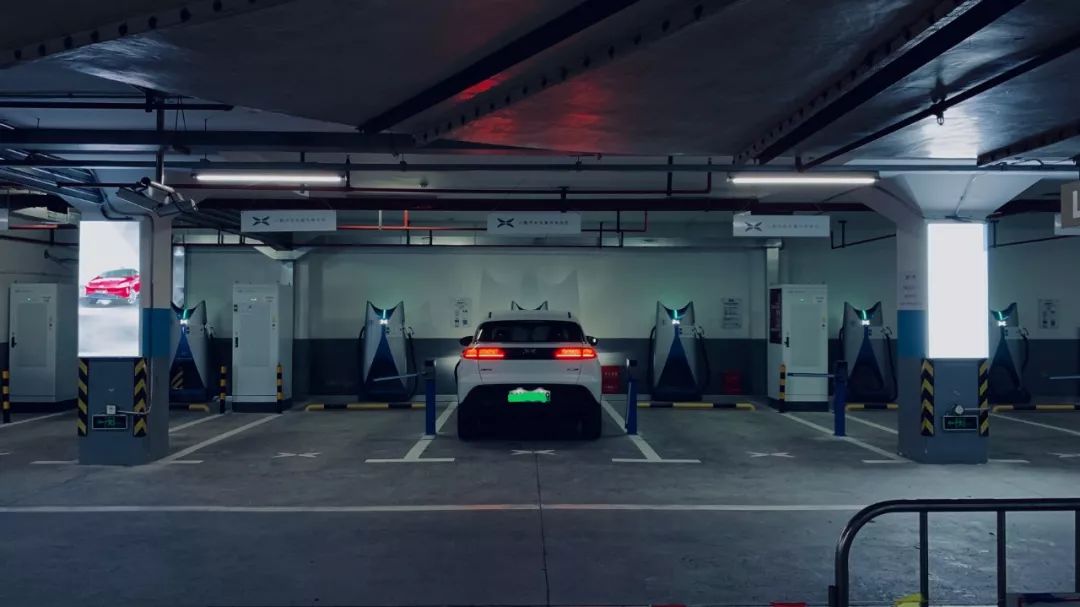
For our charging speed test this time, we also chose XPeng’s self-operated fast charging pile. Before each test, we would consume the displayed range of the car to 0 km. However, when the displayed range of XPeng G3 drops below 30 km, the instrument panel no longer shows the range, and the driver can only judge the remaining power through the battery level bar below.
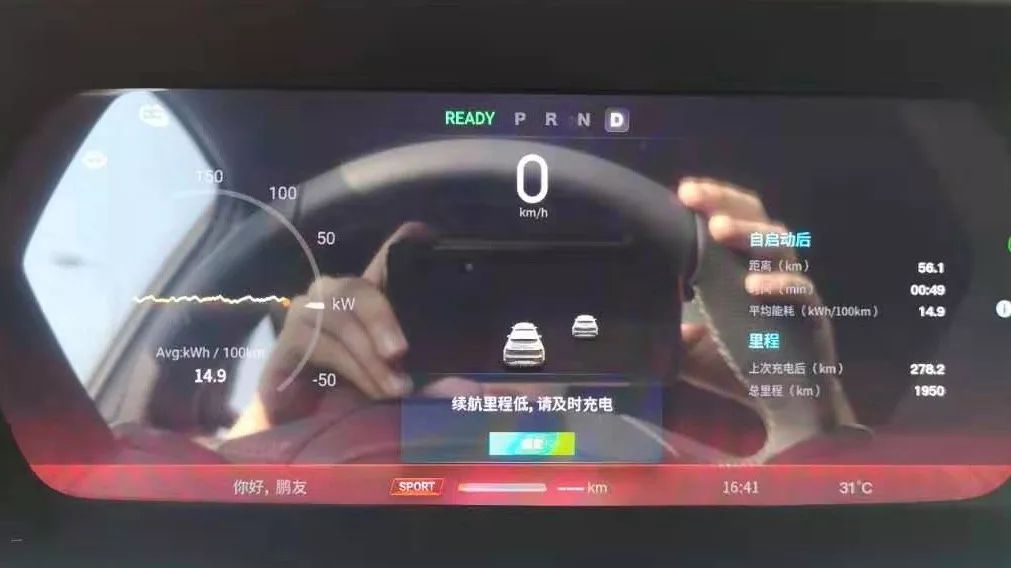
This is not very friendly to the driver. We hope that XPeng can improve this design in later software updates, and we also recommend that electric vehicle owners try not to drive with a range below 30 km.In terms of charging speed, the maximum charging power of G3 on XPeng’s self-operated supercharging pile reaches 60 kW, but the 60 kW charging power can only be maintained up to 50% of the battery level, and the charging speed drops rapidly after the battery level exceeds 50%, with less than 10 kW charging power after 90%.

Charging from 0% to 80% takes only about one hour, but it takes over 2 hours to charge from 0 to 100%. We recommend XPeng car owners to charge up to 80% for daily use because the charging efficiency drops significantly after that.
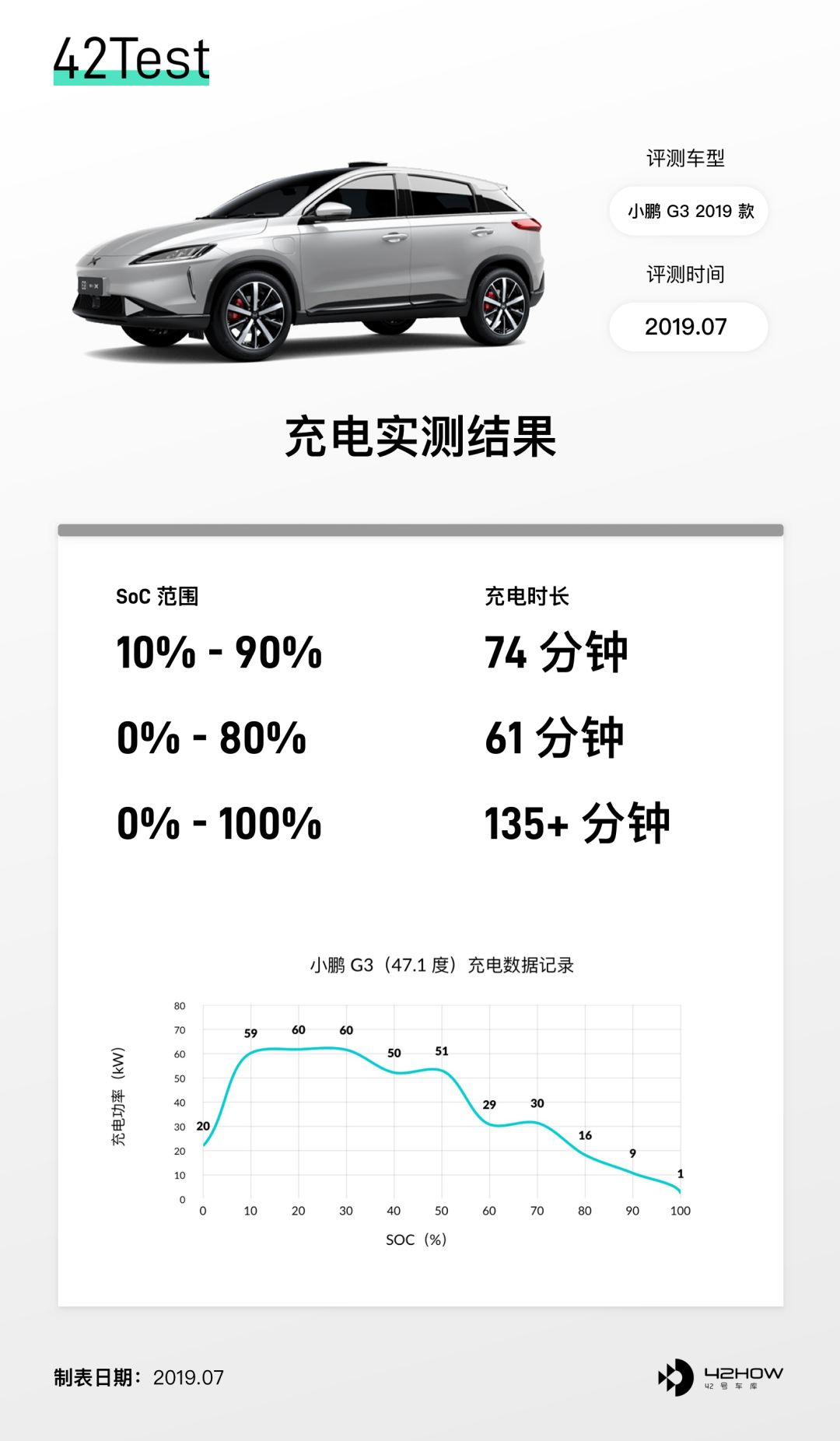
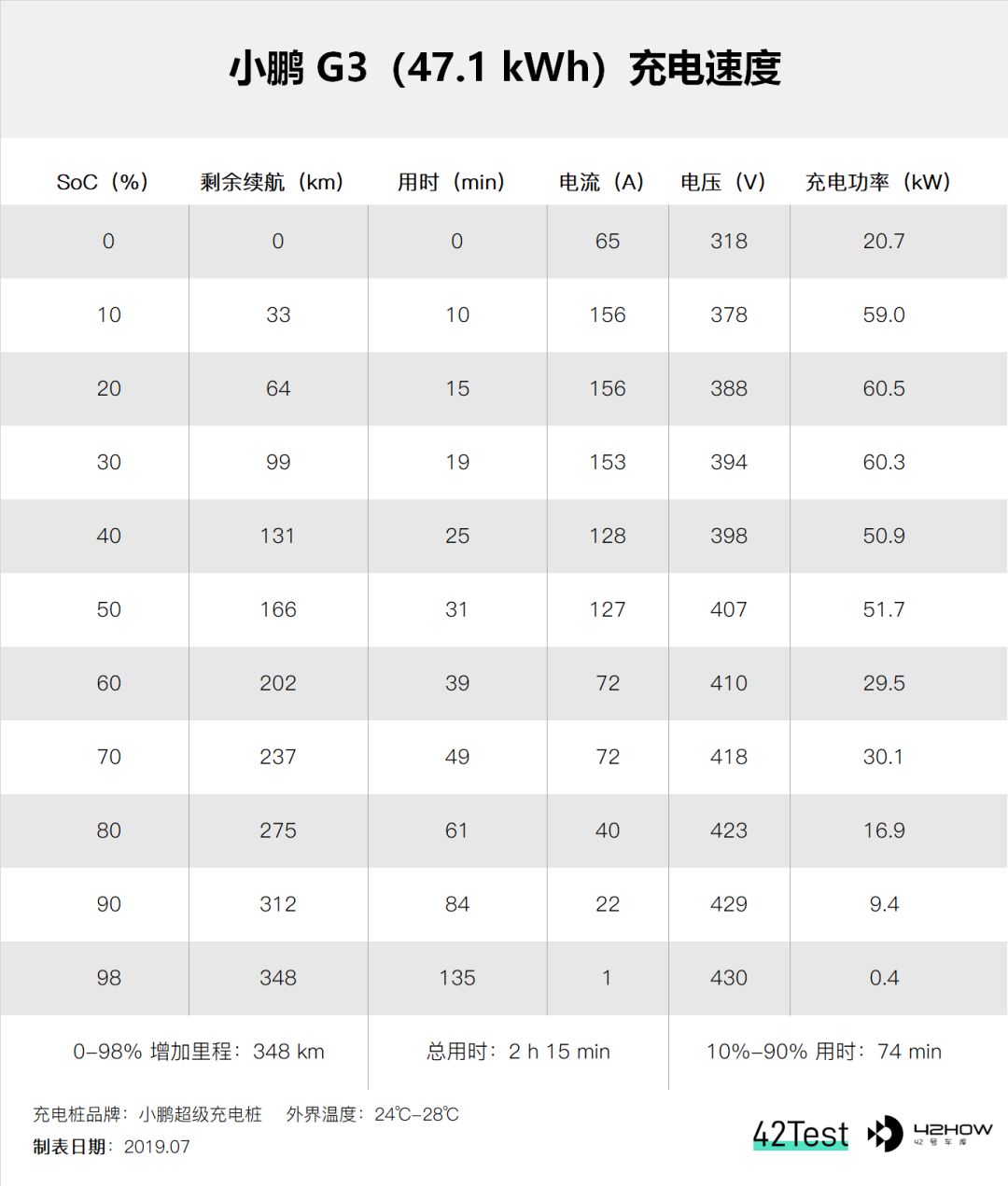
In summary, XPeng’s energy consumption control is very good, but the smaller battery capacity makes the overall endurance level not very outstanding. In addition, the use of 18650 cylindrical cells makes the charging speed very slow after 80%. The 2020 model G3 replaced 811-formula Ningde era cells with a battery capacity of 66.5 kWh and square shell cells. We are looking forward to significant improvements in G3’s driving range and charging speed with the new battery.
G3 may be the new force in car manufacturing that pays the most attention to driving experience in this price range
After discussing the core endurance, let’s talk about the driving experience.
About the acceleration: G3 is equipped with a permanent magnet synchronous motor with a maximum output power of 145 kW and a maximum torque of 300 N·m. It has 3 adjustable driving modes: economy, standard, and sport. The driving experience of these three modes is very different.
The calibration of XPeng’s accelerator pedal is very similar to Tesla’s, where the power output is proportional to the force applied. Each time you press harder, more power is released. Many electric vehicles have most of their power output concentrated in the first three quarters or two-thirds of the pedal stroke, and there is no significant difference between pressing two-thirds and pressing all the way down.
The difference between the three driving modes is very obvious in the first half of the accelerator pedal stroke. In the economy mode, you will feel that the car is very sluggish when starting, but as long as you press harder, the power output can still be guaranteed. In the sport mode, the accelerator pedal is more sensitive, and the power output is very smooth and comfortable, without any sudden surge.About Braking: Speaking of the advantages of G3’s braking system, the pedal adopts a structure combining electric and mechanical braking, which means that during the braking process, electric braking (kinetic energy recovery) comes in first, and mechanical braking is only engaged when the braking force is insufficient.
For car owners who are not accustomed to kinetic energy recovery, combining it directly with the brake pedal can not only ensure user experience, but also increase the vehicle’s cruising range through energy recovery.
However, the pedal feel of G3’s brake pedal is not comfortable enough, and the release of braking force is not linear enough as the pedal force increases.
The initial stage of the brake pedal feels stiff, and a large amount of pedal force is required to obtain braking force. But once this force is passed, comparatively strong braking force can be achieved with very light pedal force. For first-time drivers, adapting is necessary, otherwise unintended acceleration may occur. After passing this initial stage, however, the gain of braking force still exhibits a relatively linear increase as the pedal force increases.
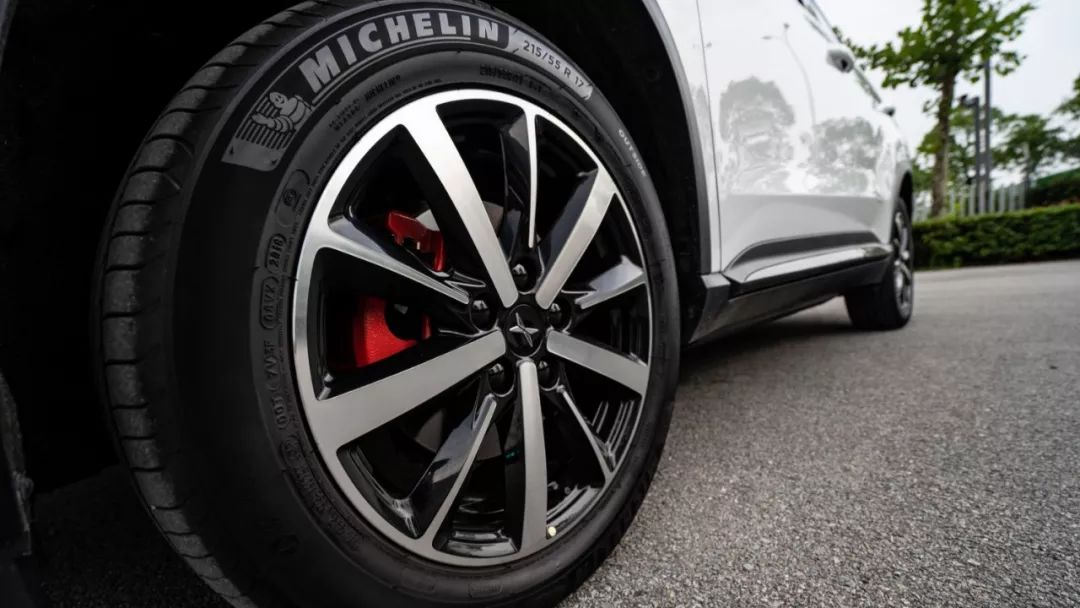
About Steering: G3’s steering feel can also be adjusted between three modes: gentle, standard, and sport. Each mode has its own unique character: the gentle mode has light steering feel, the sport mode has heavy damping, but with an obvious “empty” zone during the initial stage, and the force required to turn the wheel in this zone is extremely light. However, once this “empty” zone is passed, the damping increases significantly. The two calibration modes cover the needs of most users, and the steering stability is good, with the speed of the wheel returning to its original position also being appropriate.
About Suspension: G3’s front suspension is a front MacPherson independent suspension, and the rear suspension is a non-independent torsion beam suspension. The hardware is very conventional, but the overall adjustment is very good. The filtering of small bumps is thorough, and although there may be some looseness when facing larger bumps, the filtering and absorption of vibrations is still very good overall. The overall quality is highly rated.
About NVH: The noise decibels of the testing of Little Prince G3 are as follows:
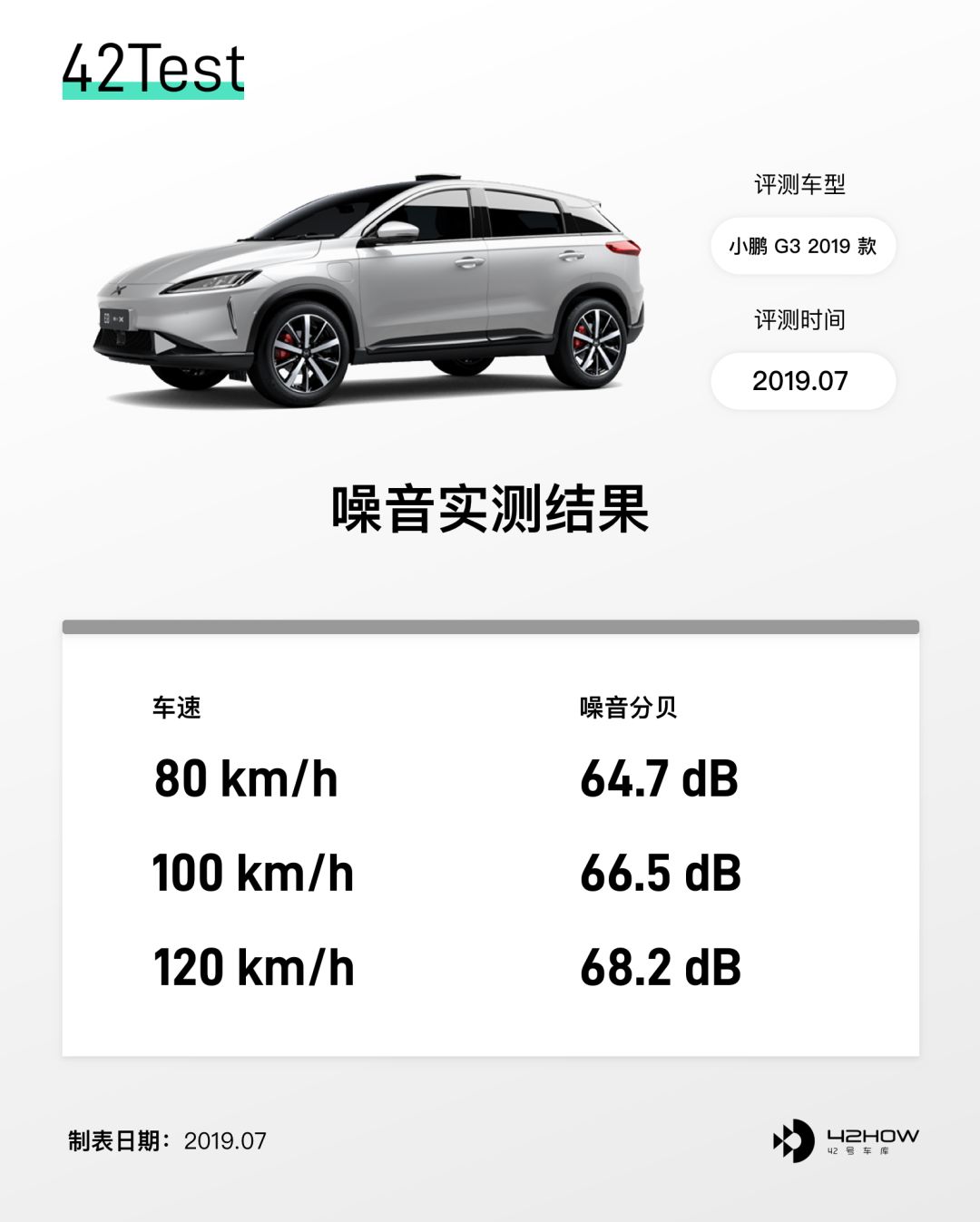
Low-speed driving is very quiet, and the noise from the motor is very low. The noise during high-speed driving mainly comes from wind noise near the A-pillar.
Study Tesla for the Car’s Screen
In terms of the car screen, the display layout and operational logic of G3’s instrument panel and central control are highly similar to those of Tesla’s Model S/X. Let’s take a look at the instrument panel first.
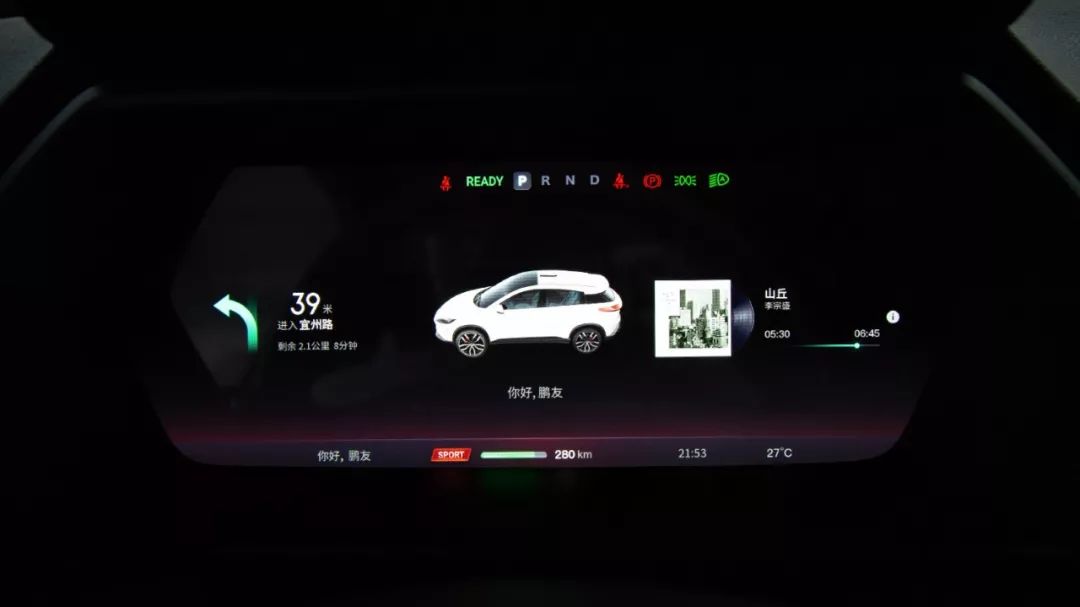
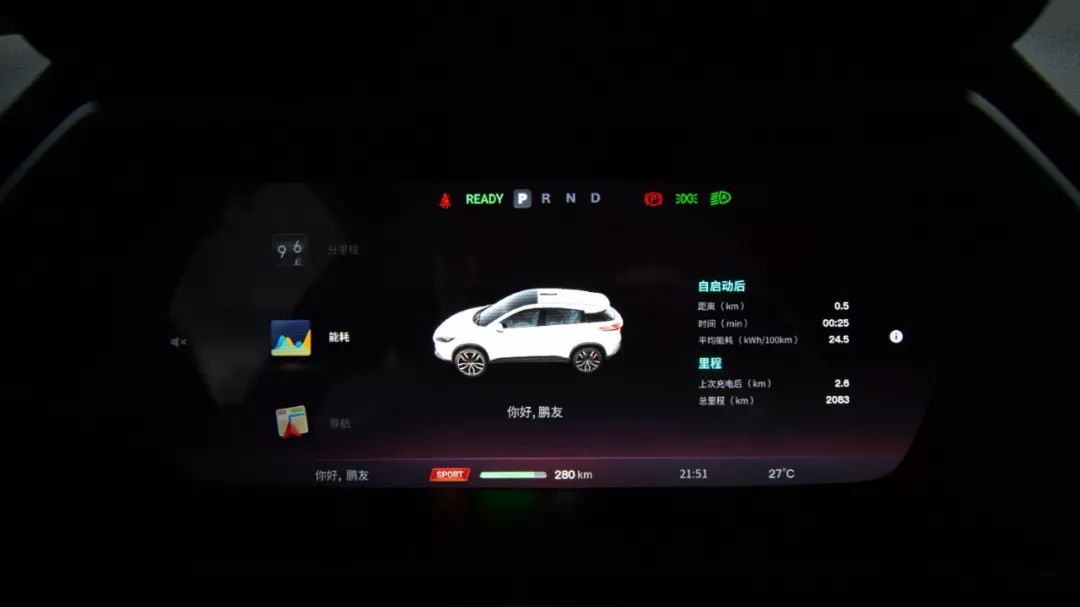
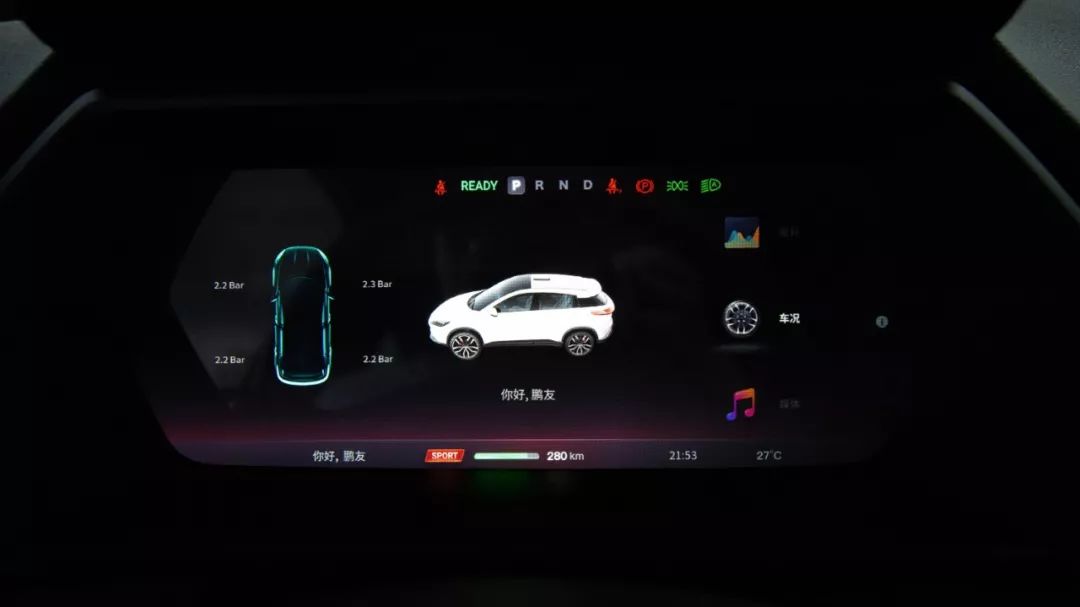
The size of G3 LCD instrument panel is 12.3 inches, and the display can be roughly divided into three parts: left, middle and right. The middle part displays vehicle status or auxiliary driving information, while the left and right parts can switch display content by long-pressing the scroll wheel on the steering wheel. The selectable display content is very comprehensive, covering most users’ needs. However, there are two small issues with this screen.
Firstly, when adjusting to “mileage split” display, the font displayed on the instrument panel is slightly small, which is not very convenient for reading during driving.
Secondly, the instrument panel screen reflects light significantly, especially under the scorching sun in summer.
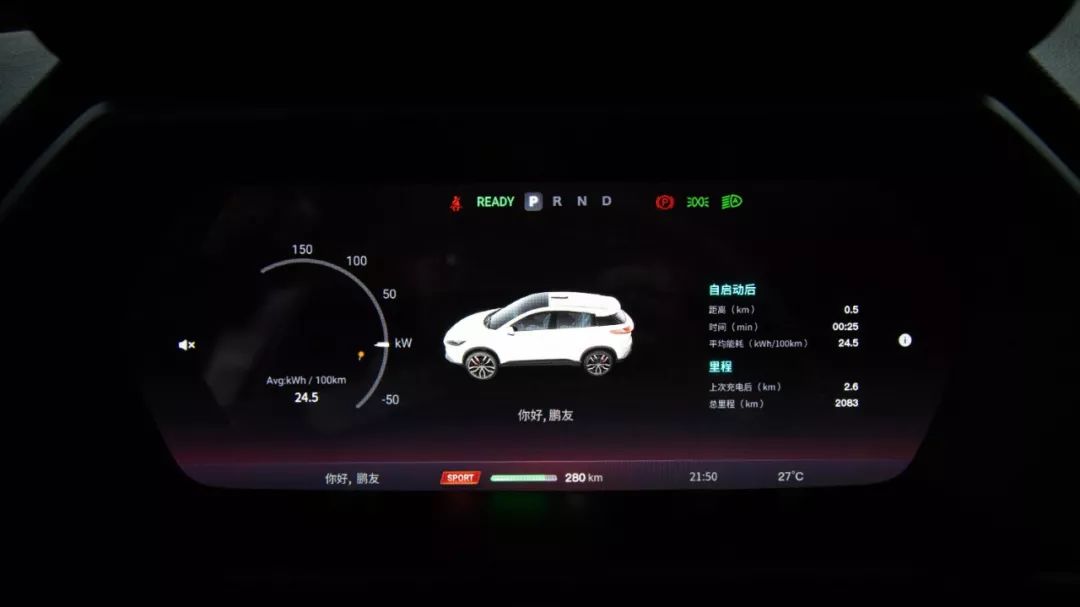
The size of the central control screen is 15.6 inches, and the processor is made by Texas Instruments J6. The style of the icons and the UI color matching are not outstanding. The content and operation logic displayed on the screen are very similar to Tesla’s 8.0 version system. There is a line of seven buttons at the top of the screen that serves as the fixed dock, which can quickly enter navigation, music, phone and other interfaces.
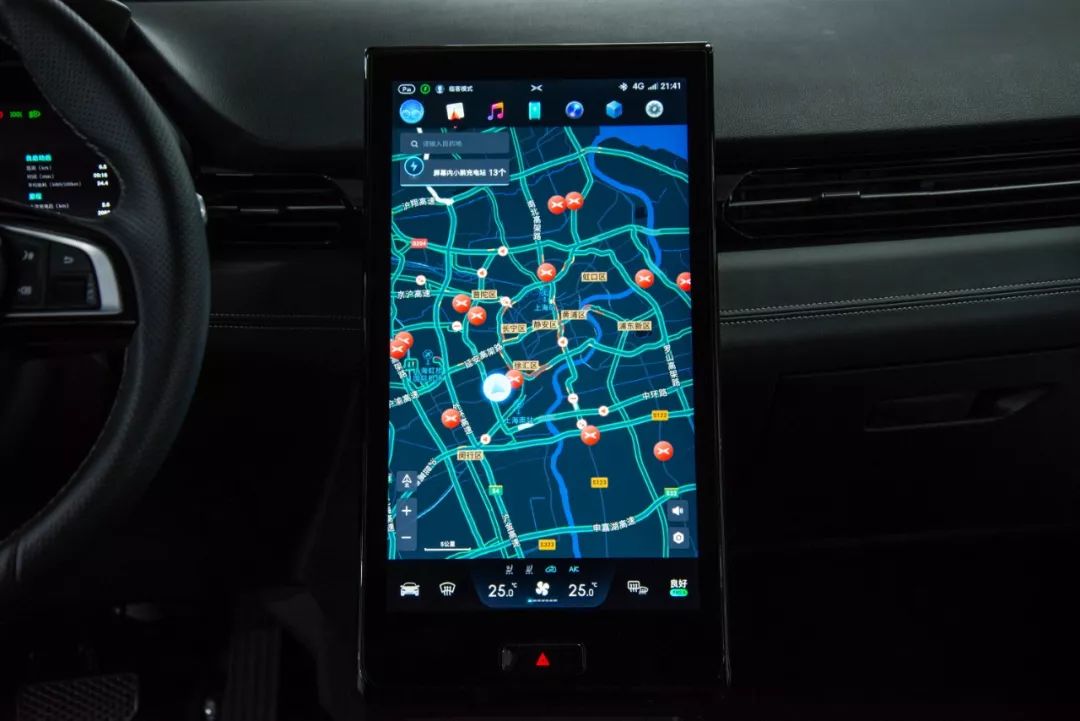
Unlike Tesla, the G3 car machine does not support split-screen display. In other words, when I have navigation and music listening needs, I need to switch back and forth between the navigation and multimedia interfaces, which is less convenient.
In addition, XPeng Motors has separated vehicle settings and car machine system settings into two columns, located in the lower left corner and upper right corner of the screen respectively. After entering the settings interface, the display logic is relatively clear and you can quickly find the desired setting option.
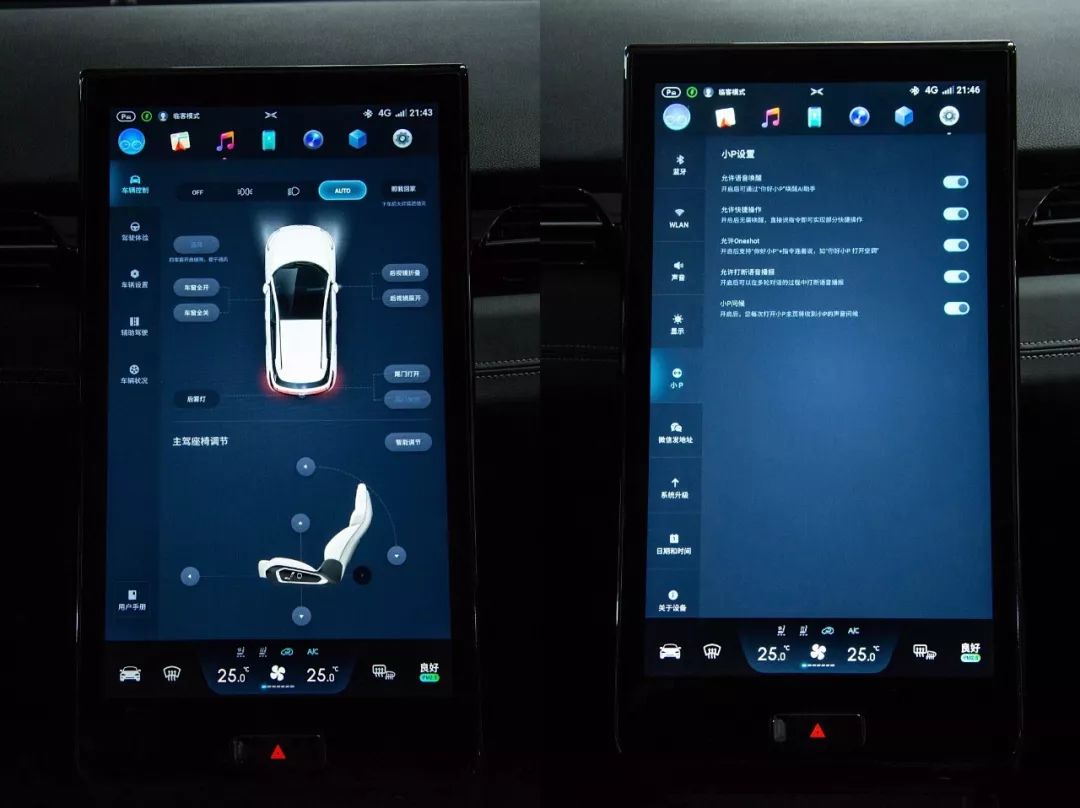 On the functional side, the navigation system of G3 employs Amap navigation, and the basic navigation function is working without any problem. Moreover, the system integrates the location information of XPeng’s own ultra-fast charging piles and mainstream brand charging piles. After setting the destination, the system will also display the estimated remaining range, which is very practical for electric vehicles at this stage.
On the functional side, the navigation system of G3 employs Amap navigation, and the basic navigation function is working without any problem. Moreover, the system integrates the location information of XPeng’s own ultra-fast charging piles and mainstream brand charging piles. After setting the destination, the system will also display the estimated remaining range, which is very practical for electric vehicles at this stage.
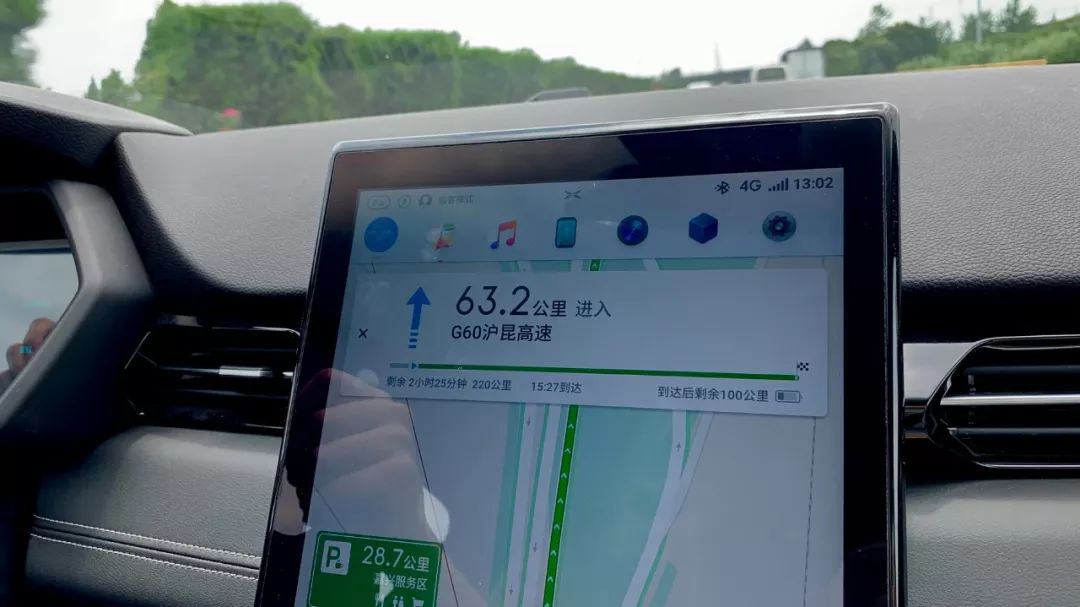
In terms of multimedia, G3 uses not QQ music or NetEase cloud music, but Xiami music and Himalaya. It is very convenient for users who like to listen to books and cross-talks, but it is not very convenient for users who love to listen to music. Finding songs is difficult, and most of the music are cover versions.
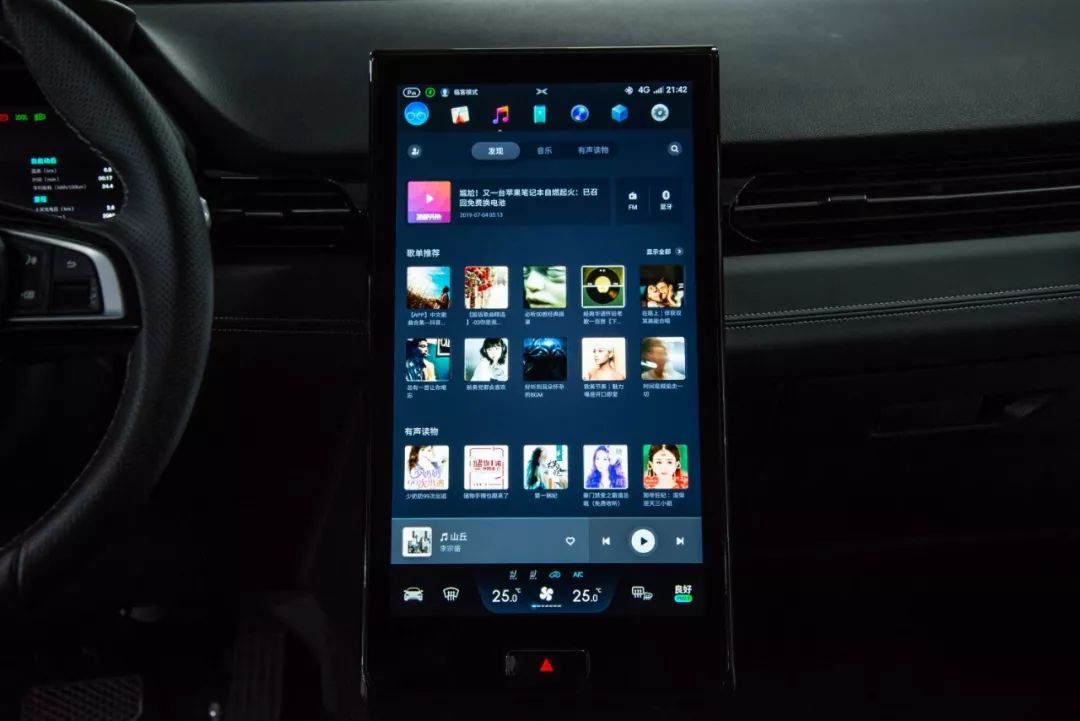
In addition to navigation and multimedia, which are commonly used functions in driving scenarios, XPeng’s car system also has a “Treasure Box”, which includes entertainment functions such as KTV, Douyin, Contra, and Super Mario. Moreover, it can be connected to a microphone and a gamepad.
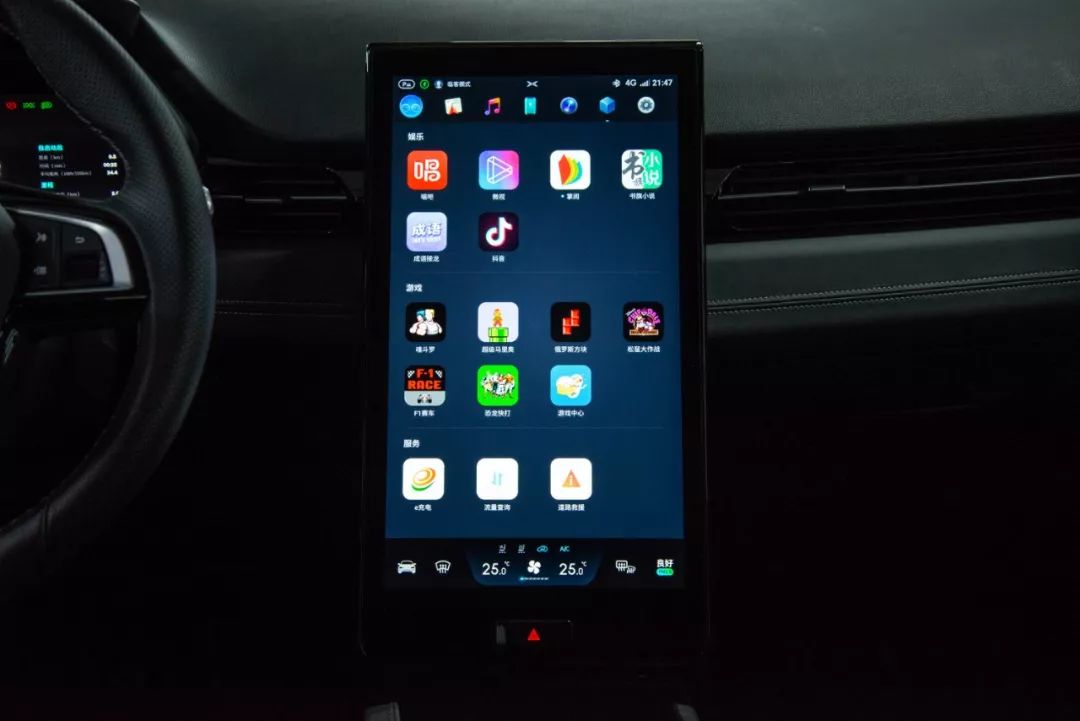
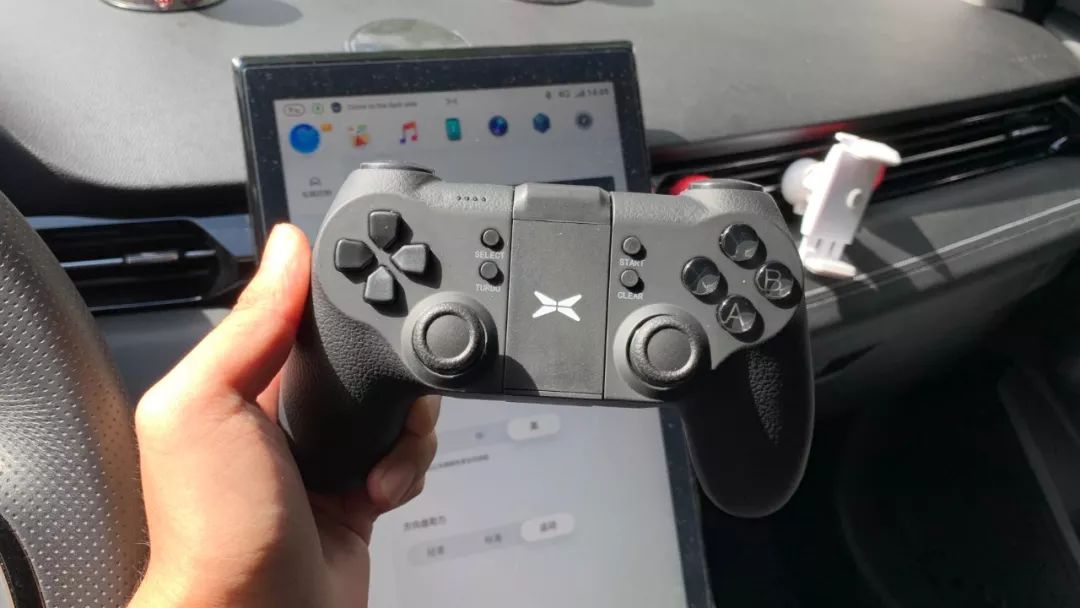
Oh, by the way, there is also XPeng’s panoramic imaging function, which displays an area only one circle larger than the simulated vehicle below. This 15.6-inch screen is not fully utilized. I hope this can be optimized and upgraded in the next version of the software.
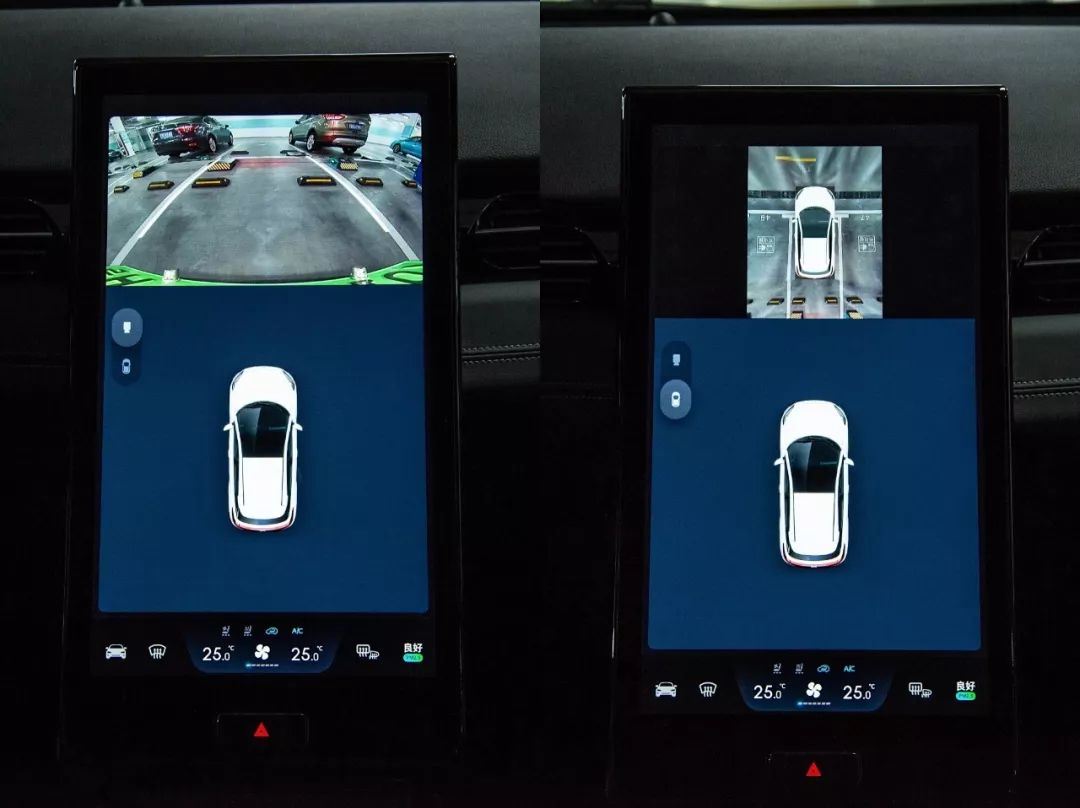
Overall, the performance of XPeng’s car system is average in terms of smoothness, and the operation logic is highly similar to Tesla. The basic needs of car owners can be met in terms of functionality, but there are still some minor problems that need to be optimized in later updates.
A Small Compact SUV
The exterior design of G3 is self-explanatory, with a fully enclosed front face and a vehicle drag coefficient of 0.30 Cd. The charging ports are located on both sides of the front of the car, and charging in narrow parking spots is not very convenient. Oh, by the way, the high-end version of the car model also has a camera that can be raised and lowered on the roof.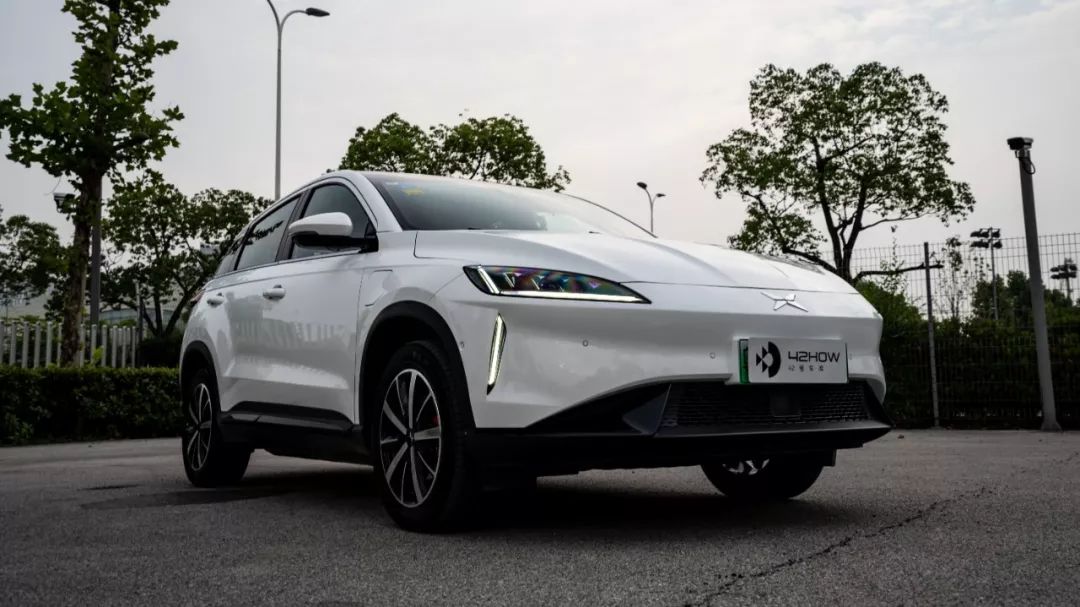
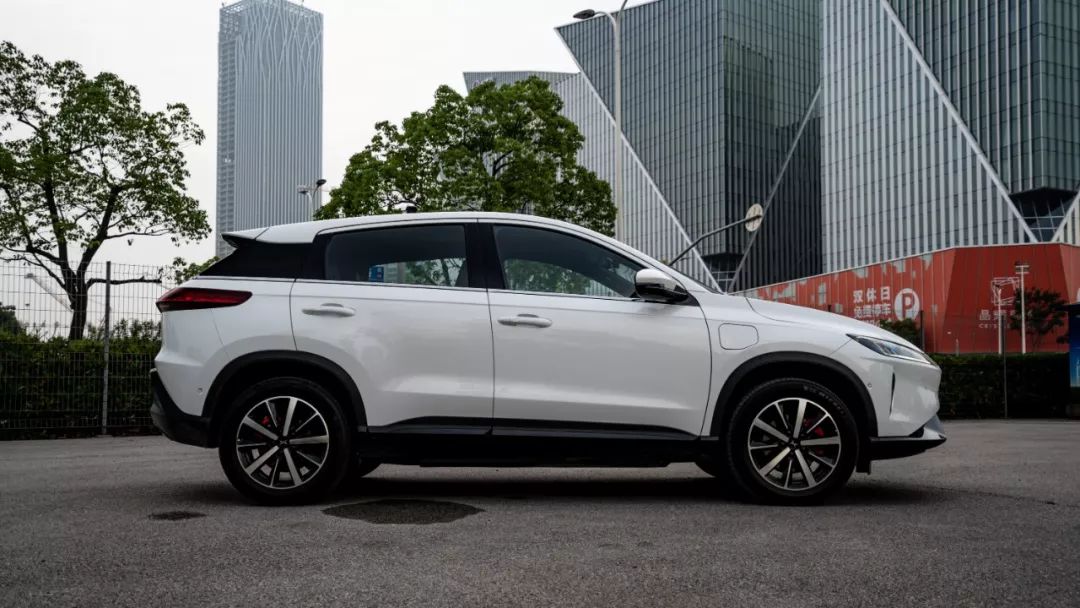
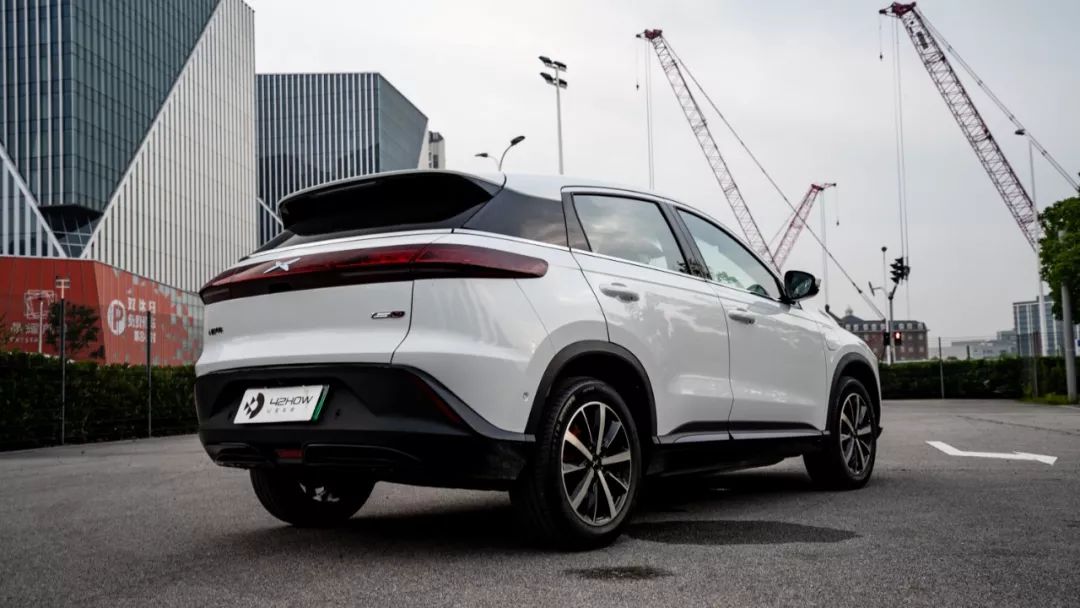
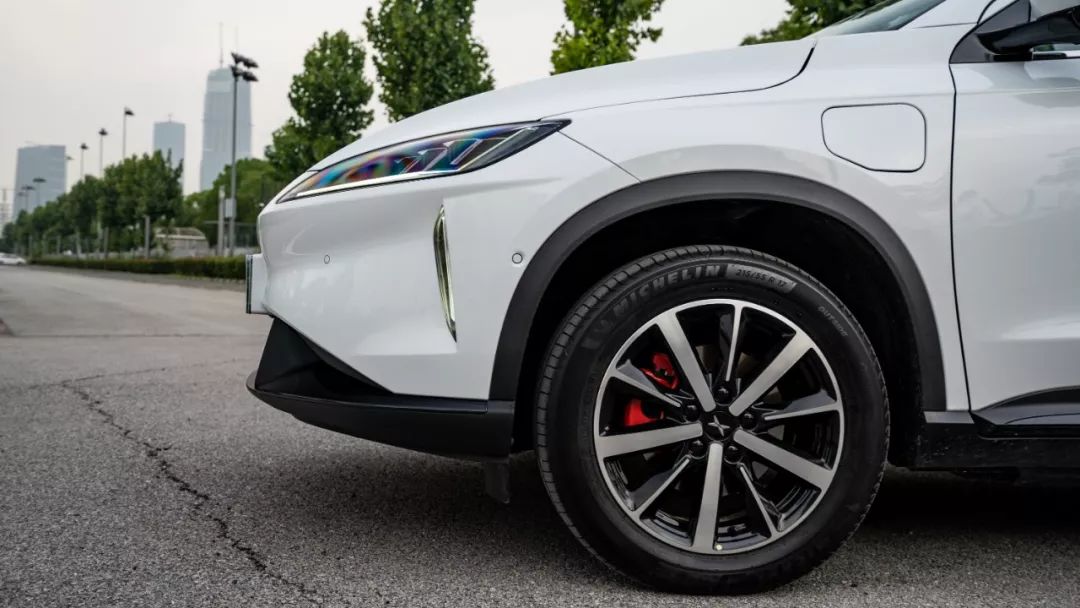
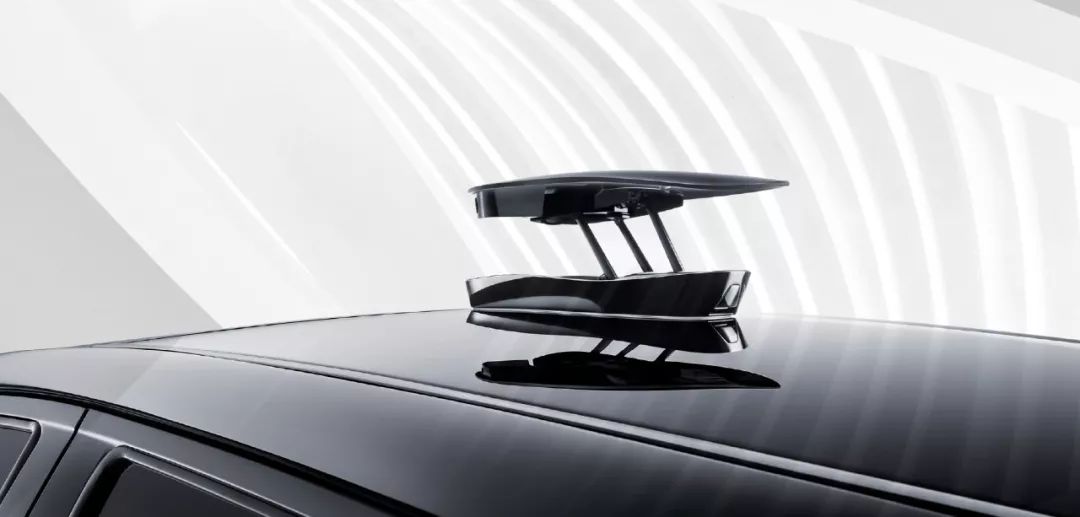
Unfortunately, the next model of XPeng Motors – the P7 – adopts a completely new design language and the design of G3 has not been carried over. For new players in the car industry, establishing a family design language can to some extent reduce the workload of brand promotion.
As for the interior, the most eye-catching feature of G3 is the huge front windshield that is the same as that of the Tesla Model X. The overall view is very good, but it also brings the problem of overheating in summer. Whether to choose coolness or practicality depends on individual needs.
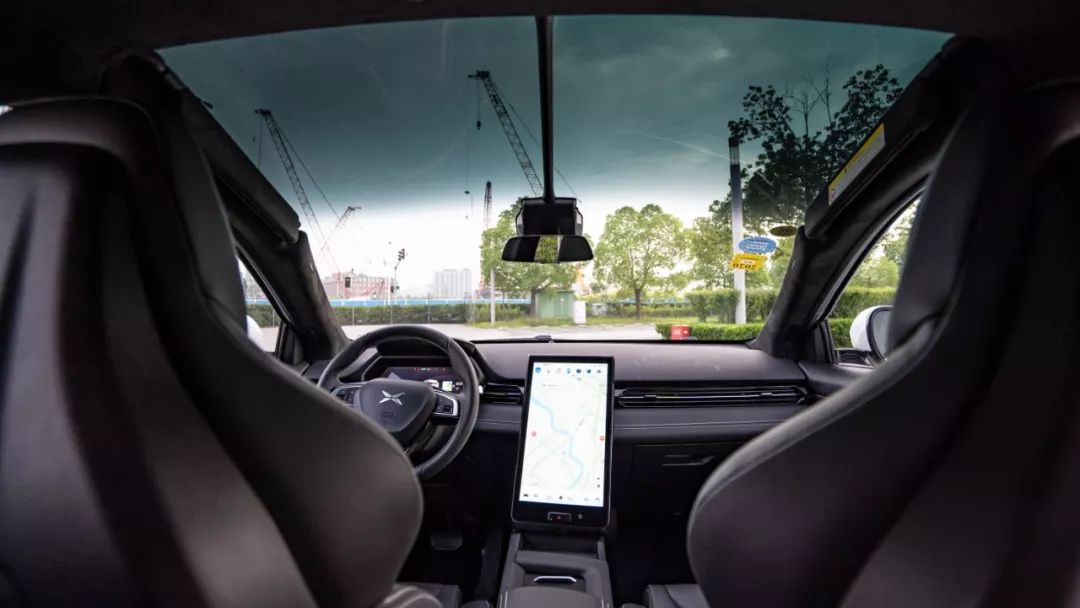
The design and materials of the G3 are average for the 100,000+ level models, and the attention to detail is relatively exquisite.
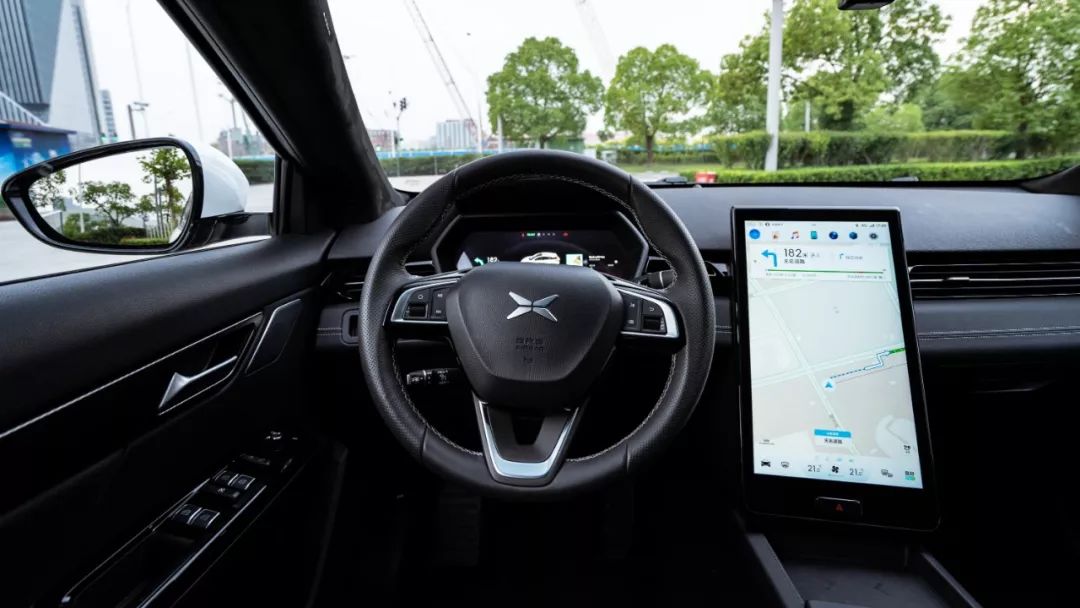
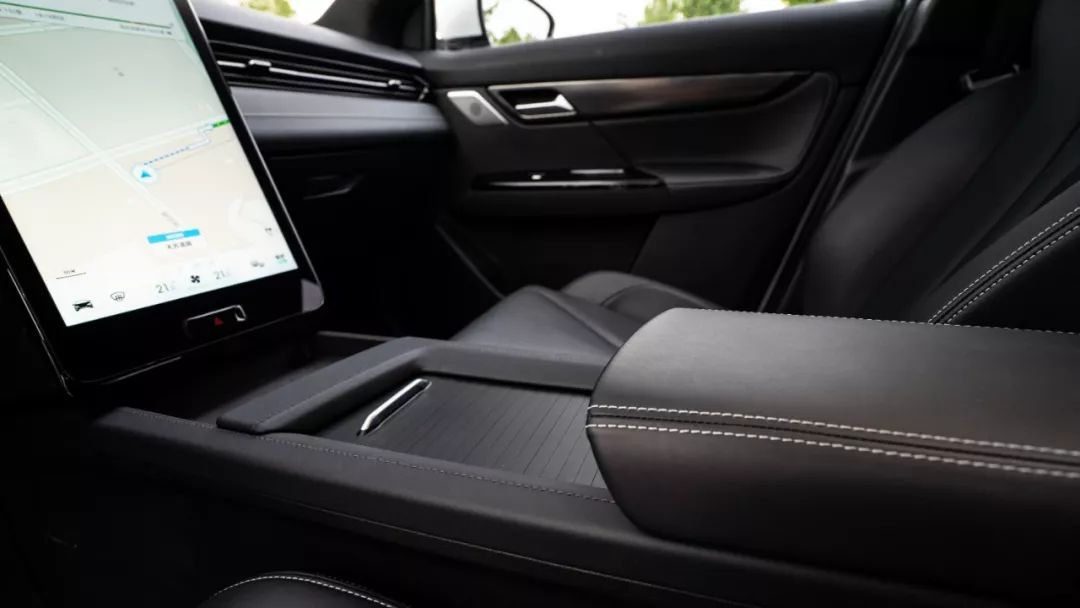
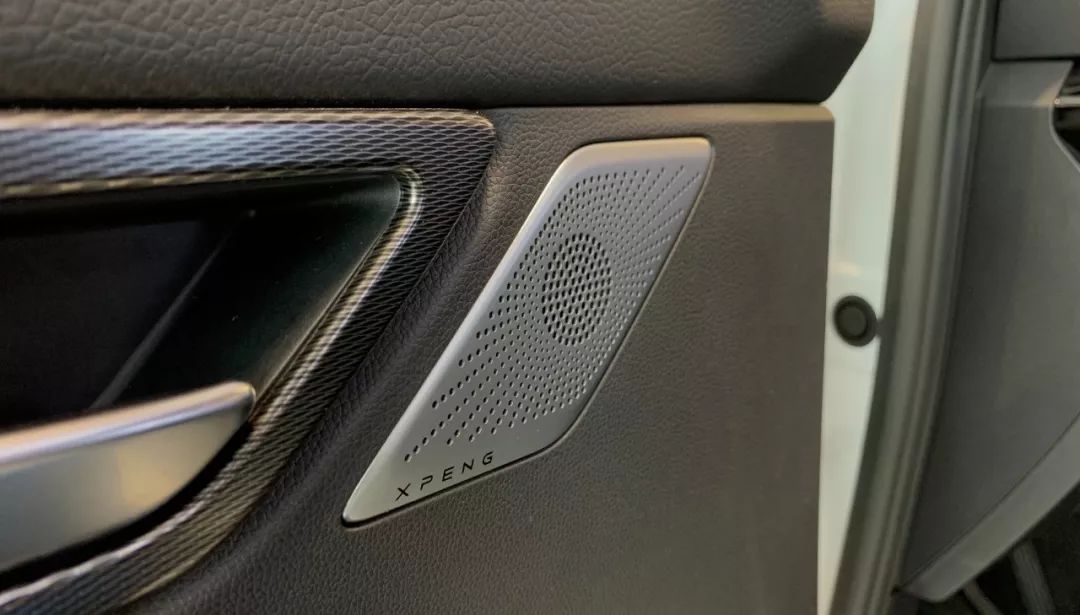
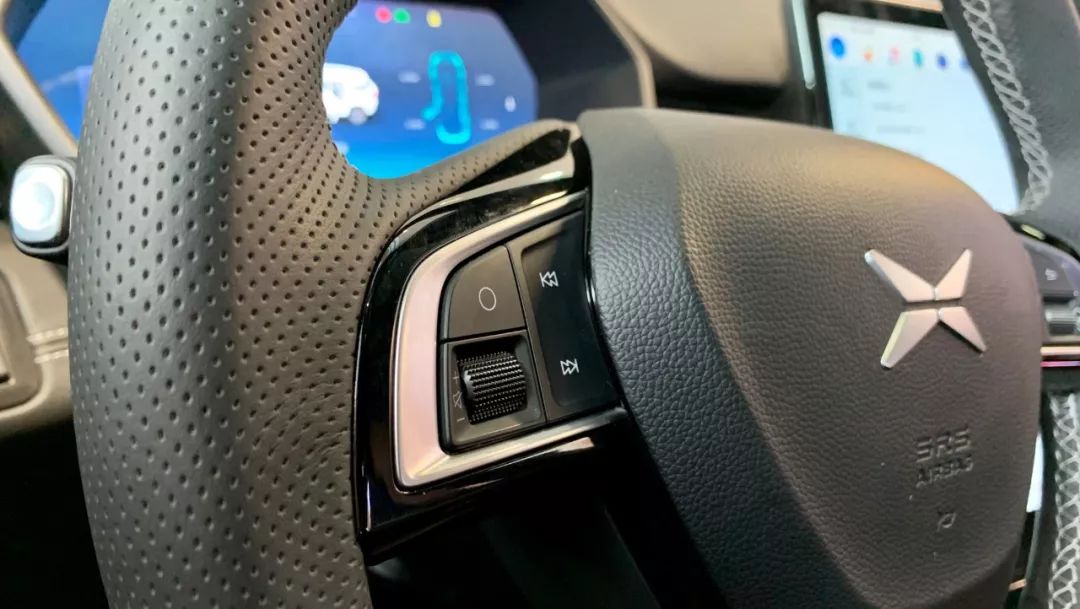
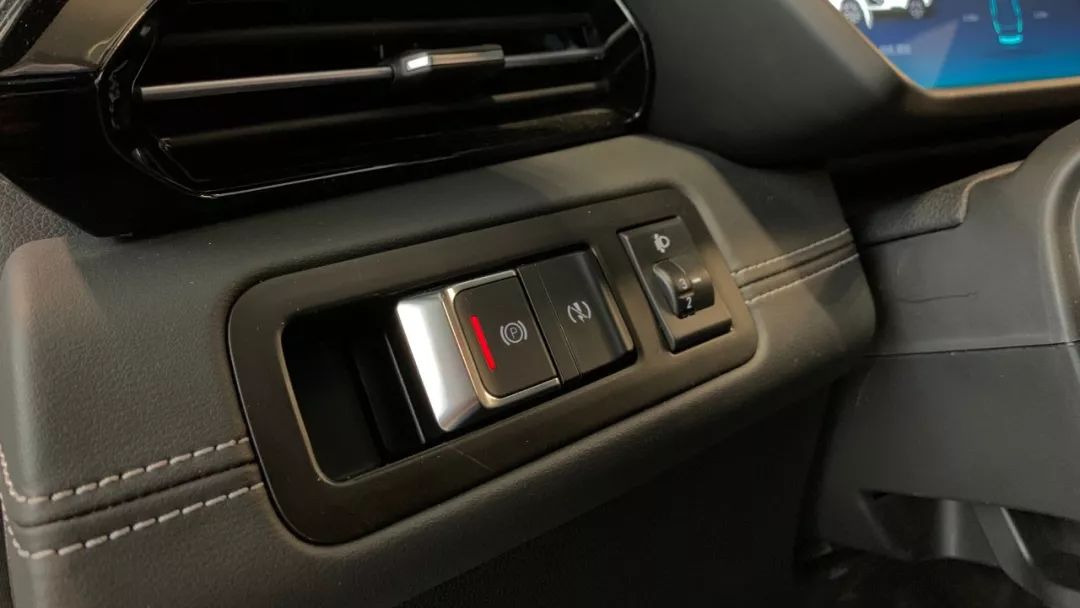
In terms of riding experience, the front seats of the G3 are integrated sports seats with a very sporty shape, but the filling is slightly hard.
The medium configuration version of the G3 supports seat ventilation for the driver’s seat, but not seat heating. This is quite unique as most car models support heating but not ventilation. This may be due to XiaoPeng’s headquarters being located in Guangzhou, which is more user-friendly for users in the south.
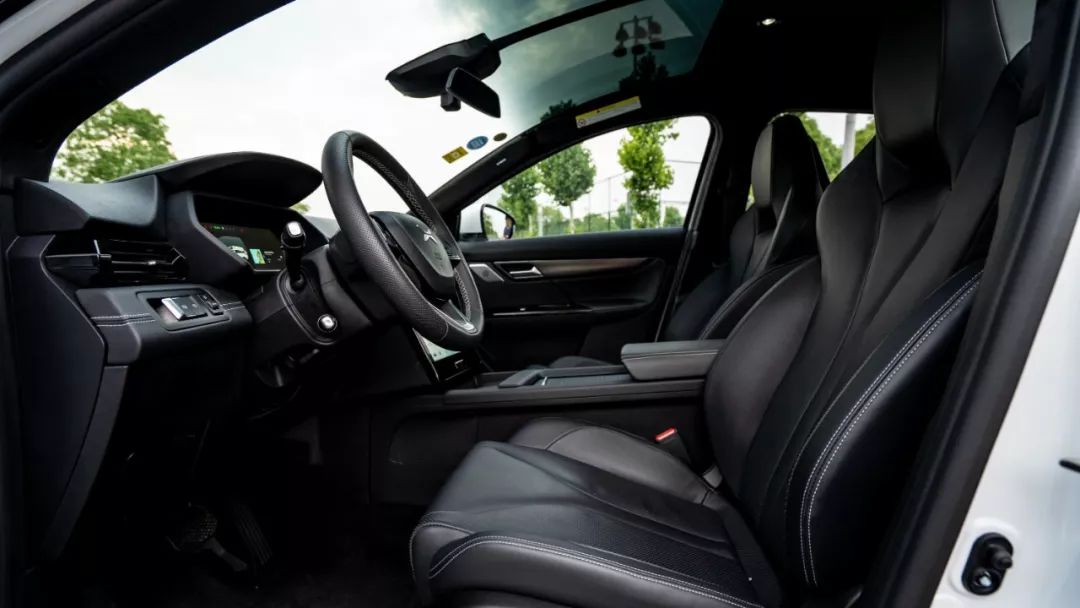

As for the rear seats of the G3, the seats are very soft and comfortable, but space is XiaoPeng’s weakness. Whether it is the horizontal space of the seats or the longitudinal space of the legs and head, it is relatively tight. In addition, the G3’s rear seats do not have a central armrest, and the roof does not have a sunroof, which makes the space relatively cramped. Therefore, it is not very suitable for users with heavy rear seat requirements.
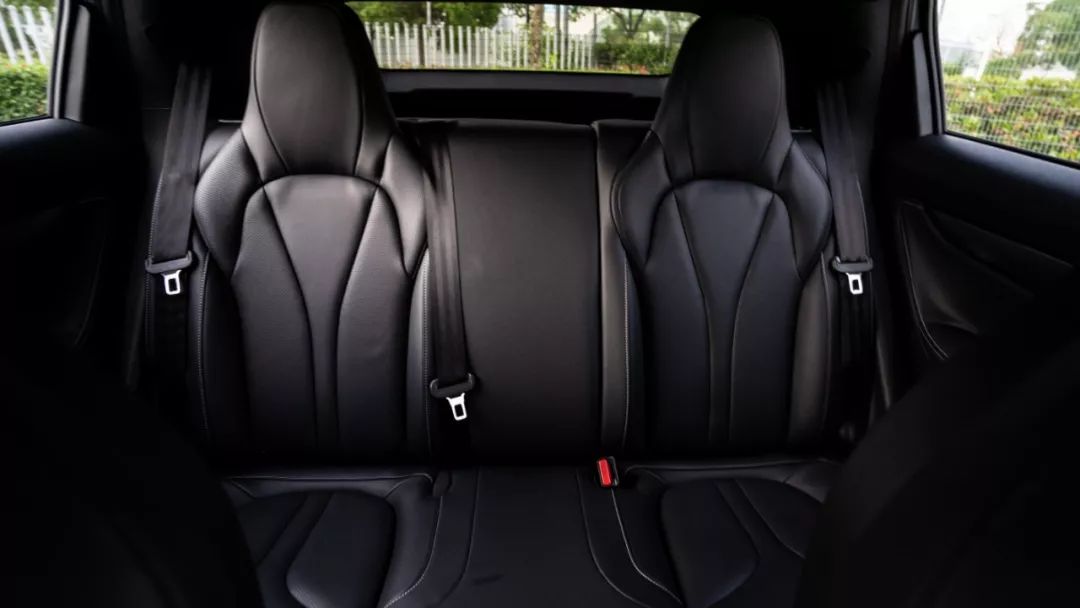
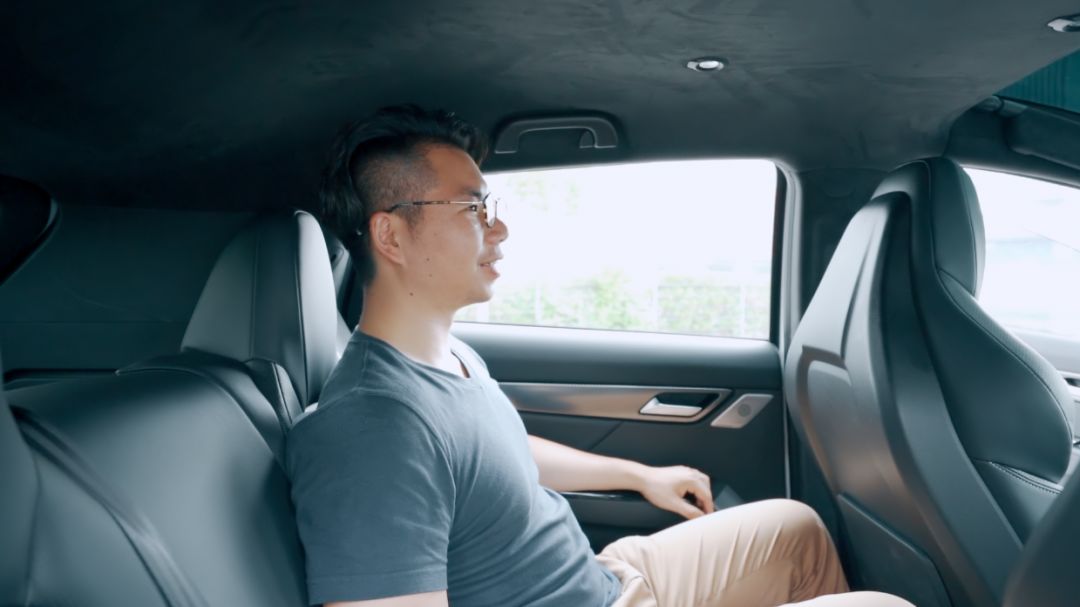
The range of self-developed assisted driving is limited, and we look forward to OTA updates
Finally, let’s take a look at XiaoPeng’s self-developed assisted driving system – X-Pilot.
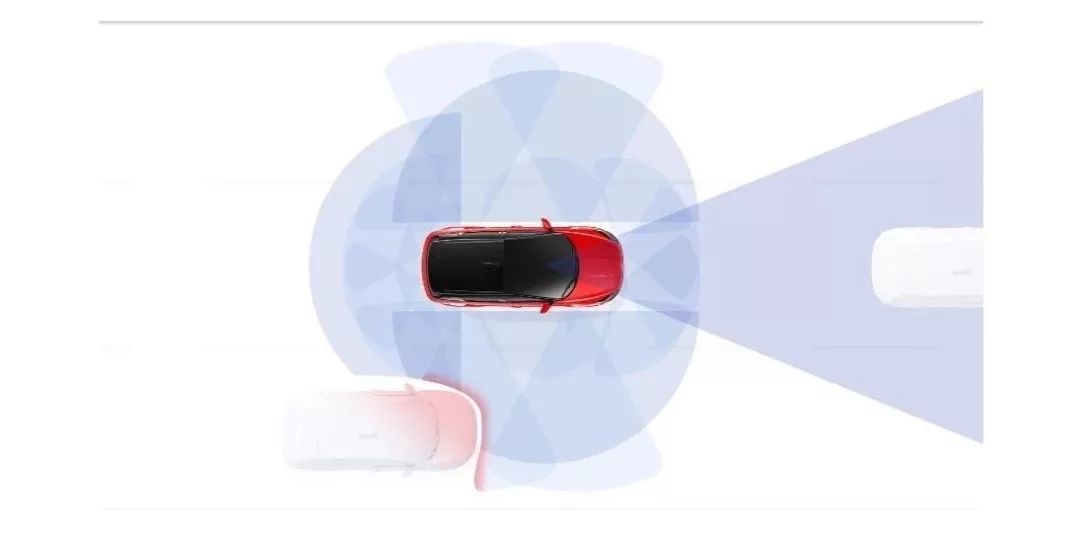
Because the software of the G3 we borrowed for the first time was not updated to the latest version, so we could not experience the assisted driving function. Last week, we specifically borrowed a G3 that had been upgraded to the latest version from the owner to experience it again.The assisted driving hardware of XiaoPeng G3 consists of 12 ultrasonic radars, 3 millimeter-wave radars, 4 surround cameras, and one front monocular camera. Currently, G3 can achieve ACC functions in the full-speed domain, but the assisted driving function is only open to ICA intelligent cruise assistance, which means it only supports turning on when the vehicle speed reaches 60 km/h, and TJA traffic assistance in traffic jams has not been opened yet.
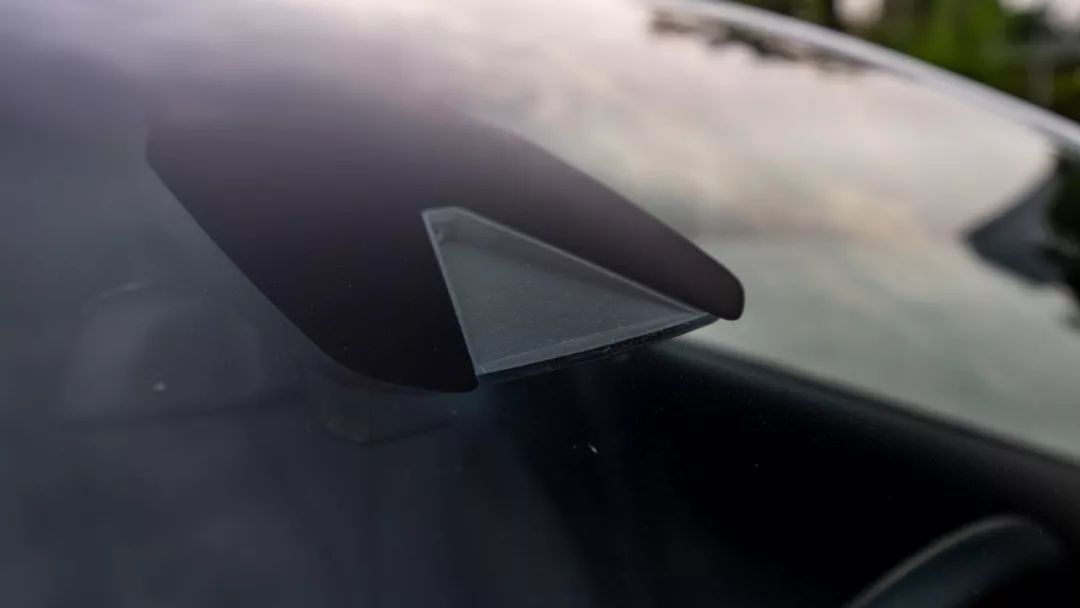
The full-speed domain ACC is a conventional function in this age, especially in the intelligent electric vehicle industry. G3’s acceleration and deceleration control belong to the average level, but there are two advantages of its ACC that are worth mentioning.
Firstly, the deceleration control of XiaoPeng G3 ACC is combined with kinetic energy recovery, so the energy consumption level of using assisted driving cruise is lower, which is beneficial for the long endurance of electric vehicles.
Secondly, the XiaoPeng G3 ACC follow-up function can stop for a very long time. Most models can automatically follow-up within 5 seconds after stopping, and acceleration pedal needs to be lightly pressed after more than 5 seconds to resume the cruise. However, G3’s parking time is as long as 90 seconds, which can automatically restore the follow-up after most red and green lights intersection stops, greatly improving the practicality compared with other models’ 5 seconds.
Because the assisted driving system can only work above 60 km/h, there are very few opportunities to turn on it on urban roads, so we directly drove this car onto the highway.
The assisted driving mode can be turned on in the same way as Tesla Model S/X. After the speed exceeds 60 km/h, a gray steering wheel will appear on the instrument panel, and the lever behind the steering wheel can be pulled inward twice to activate it.
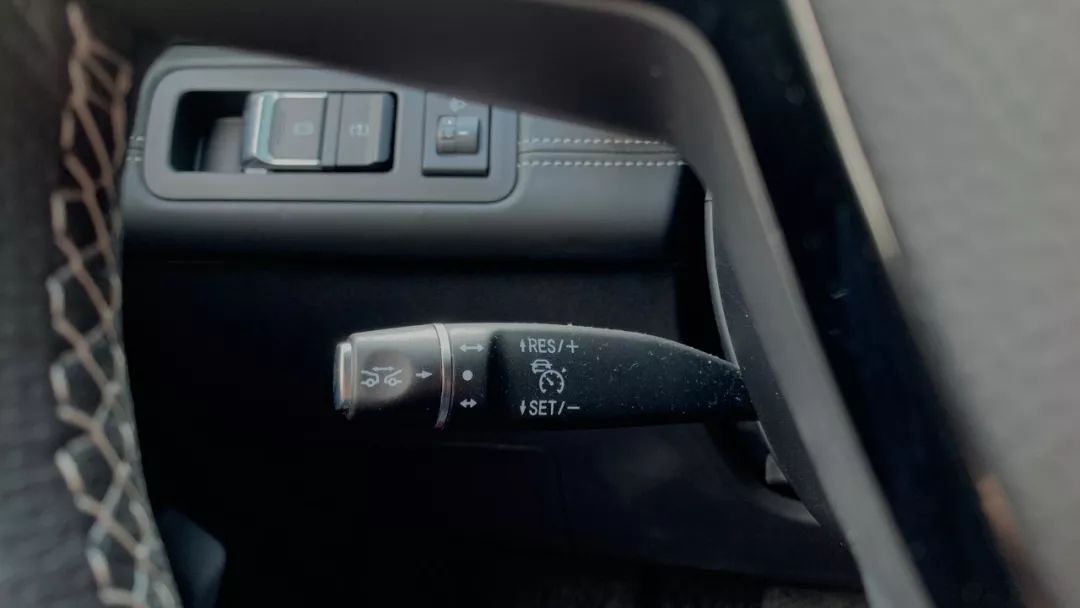
In the loop road condition, the traffic flow is well-behaved, and there is no arbitrary lane change. The lane markings are very clear, and there is not much pressure for G3. The bends on the loop, except for the ramp, can all be handled. However, once the speed is lower than 60 km/h, the assisted steering will automatically exit, only the ACC function remaining.
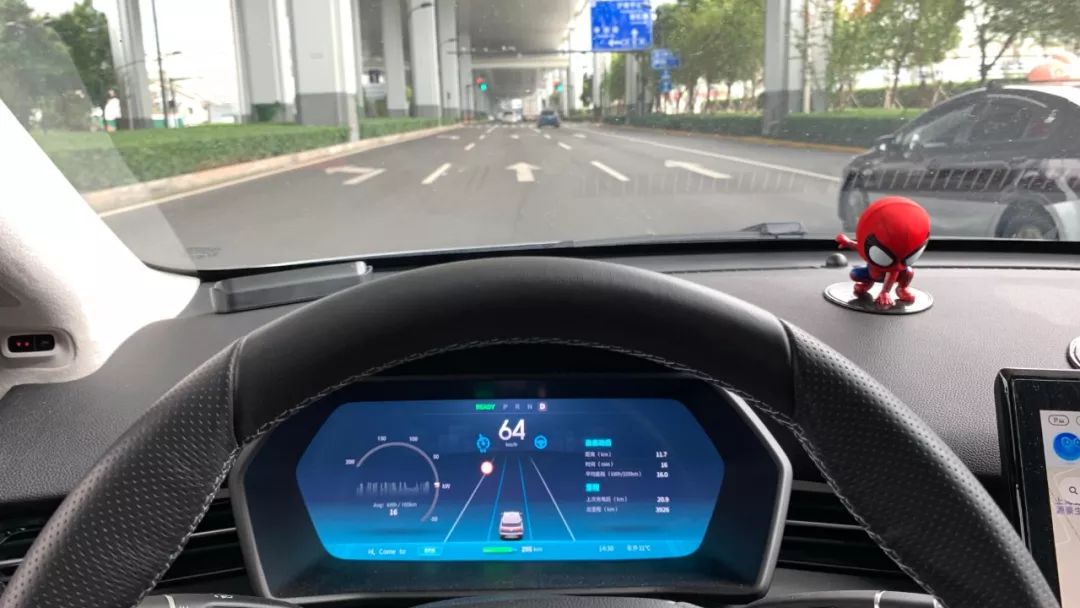


In general, the usage scenarios of XPeng’s current advanced driving assistance system are quite limited. It can only be activated on roundabouts and highways under non-congested conditions. After XPeng updates the TJA traffic congestion assistance and ALC automatic lane changing assistance through OTA, and X-Pilot’s functions are more complete, we look forward to meeting XPeng again.
G3 is Suitable for Young People or as the Second Car in the Family
In summary, the overall driving experience of the G3 is good, but the braking feel needs improvement. The overall energy consumption control of the vehicle is very good, but the overall endurance is somewhat short. After the release of the 2020 long-endurance version of the G3, the short board of endurance was eliminated, and the driving experience will also be improved to a certain extent. For friends who do not require a high space, G3 is a good smart electric car.
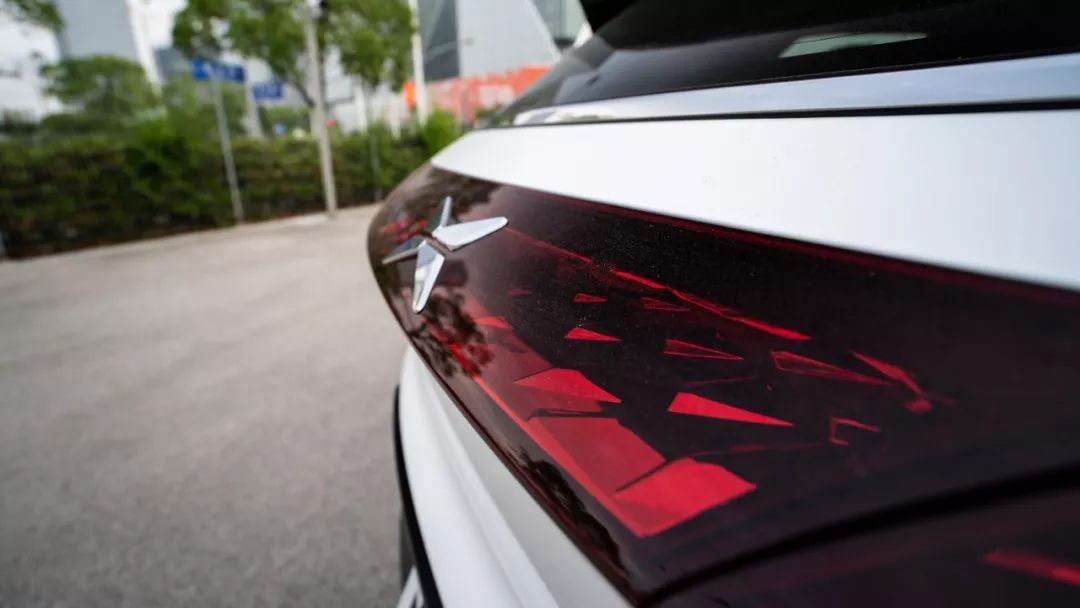
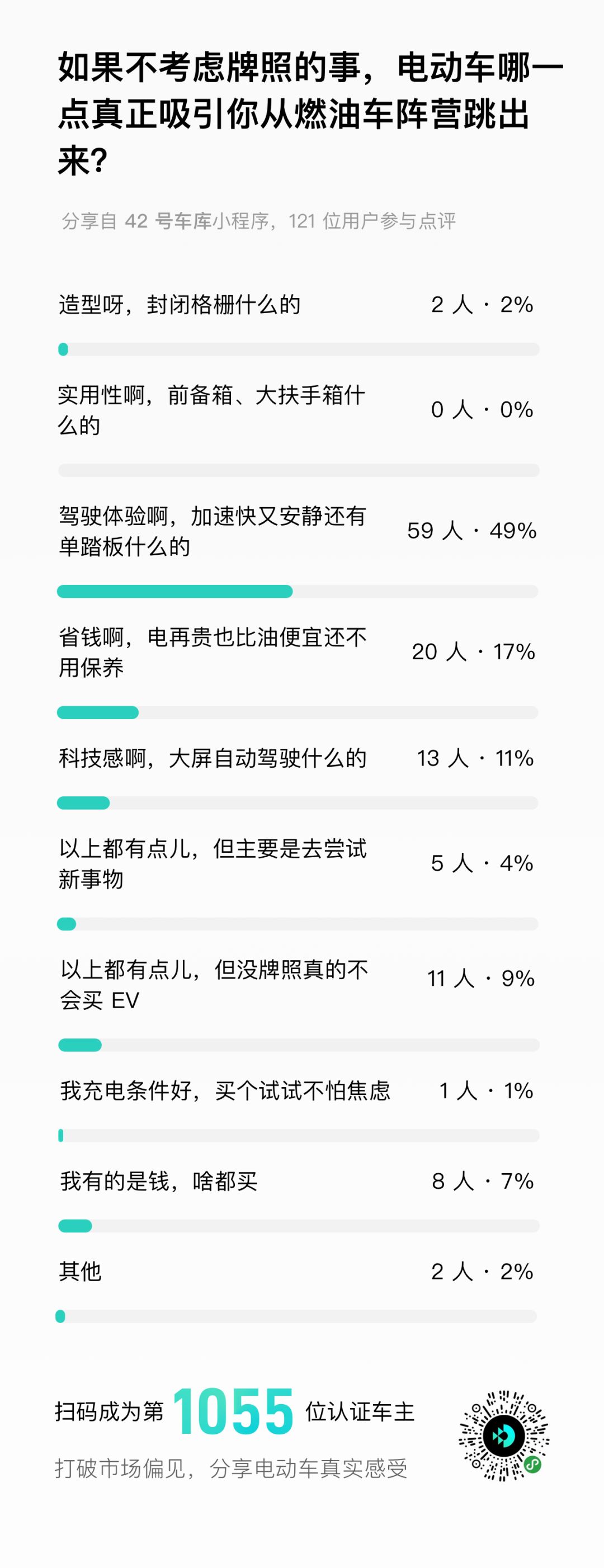


- XPeng G3 has reached 10,000 vehicles. Who is next?* Xpeng G3 Updated: Longer Range, Improved Position

This article is a translation by ChatGPT of a Chinese report from 42HOW. If you have any questions about it, please email bd@42how.com.
